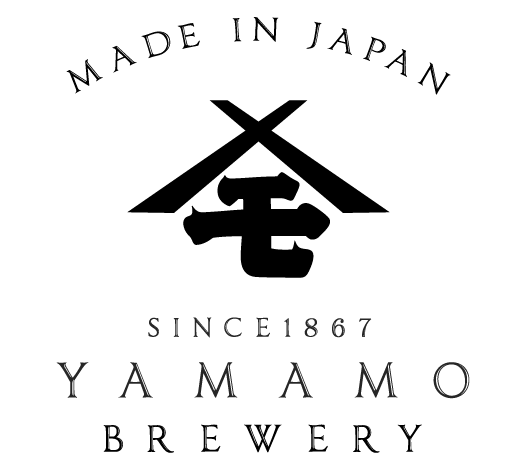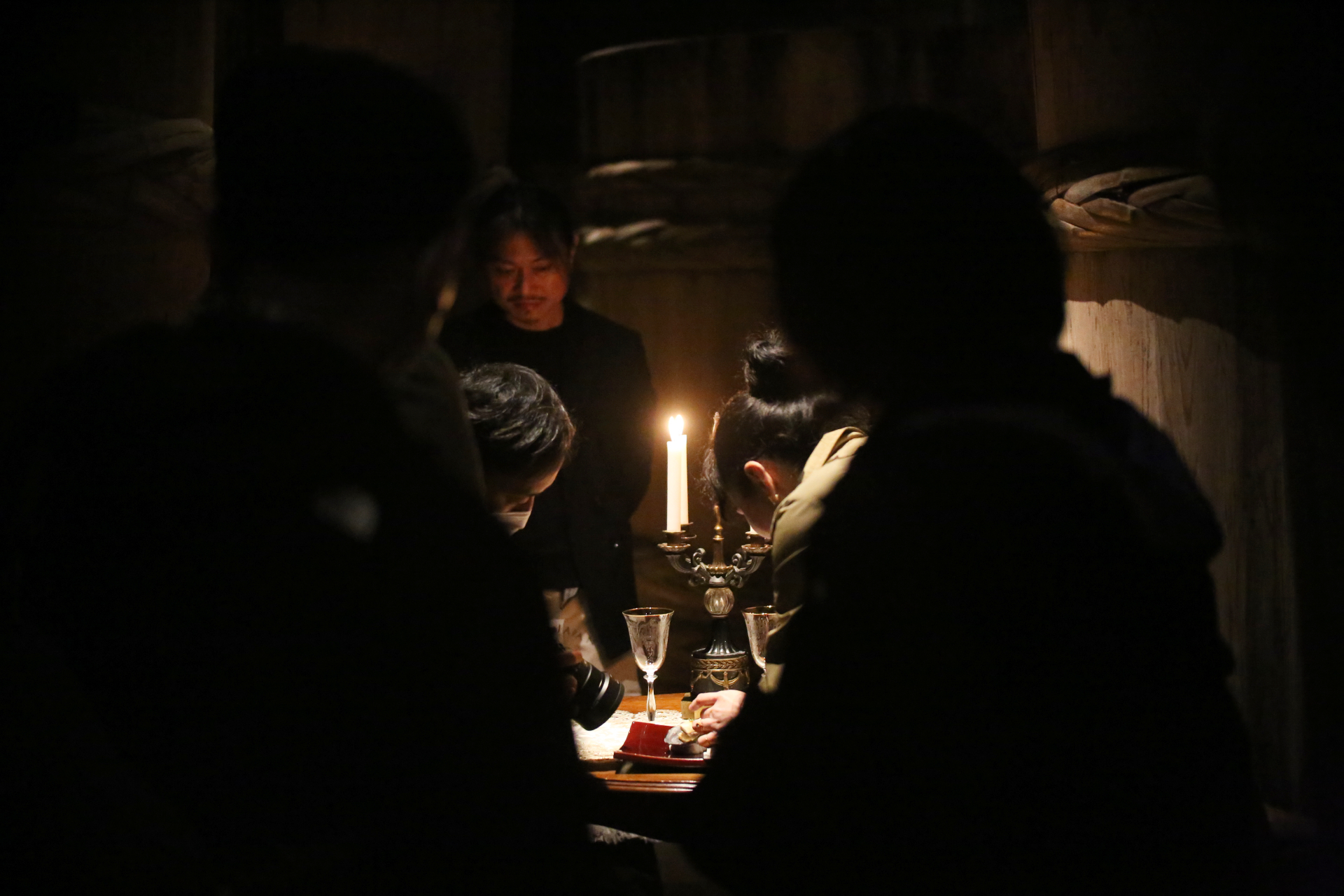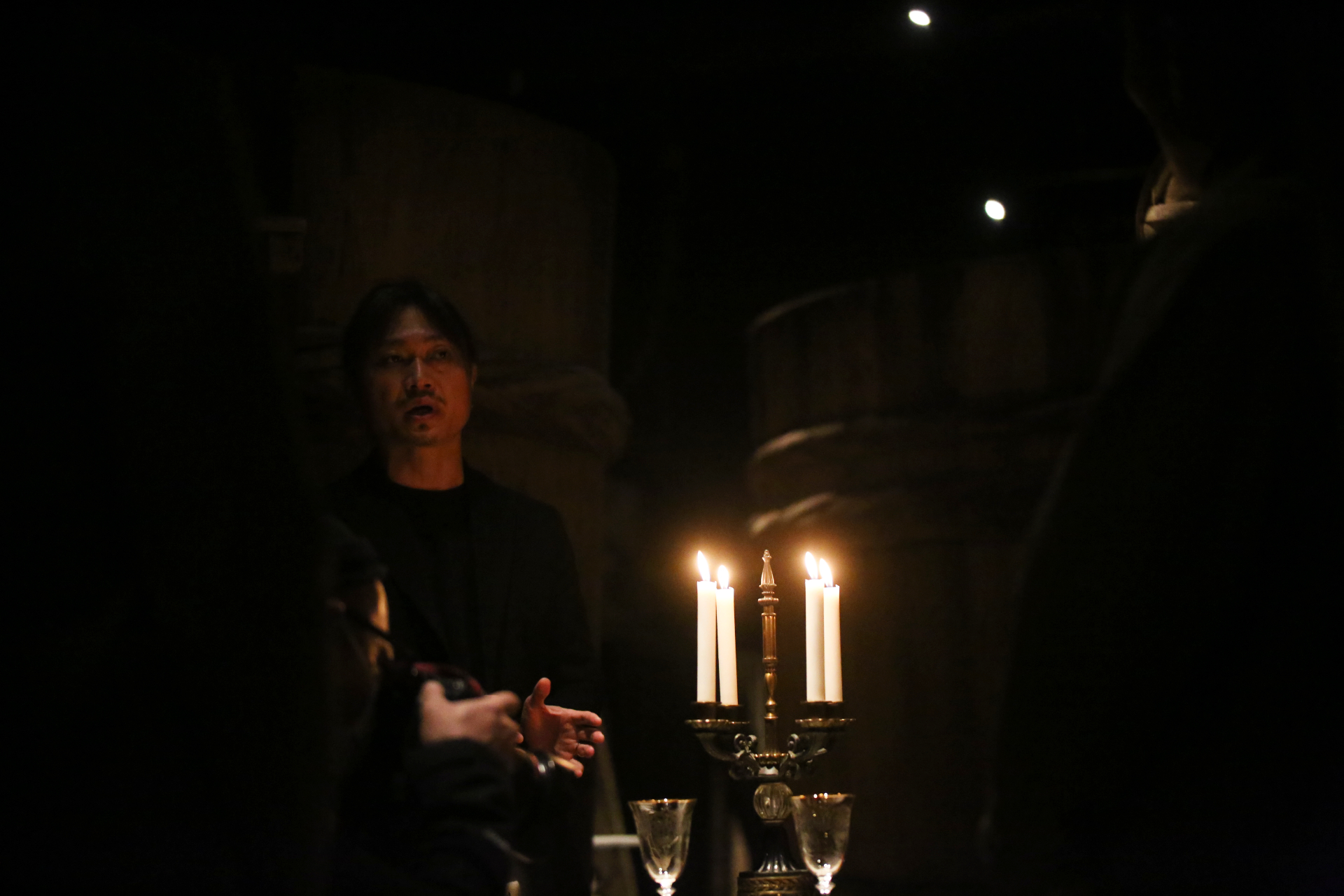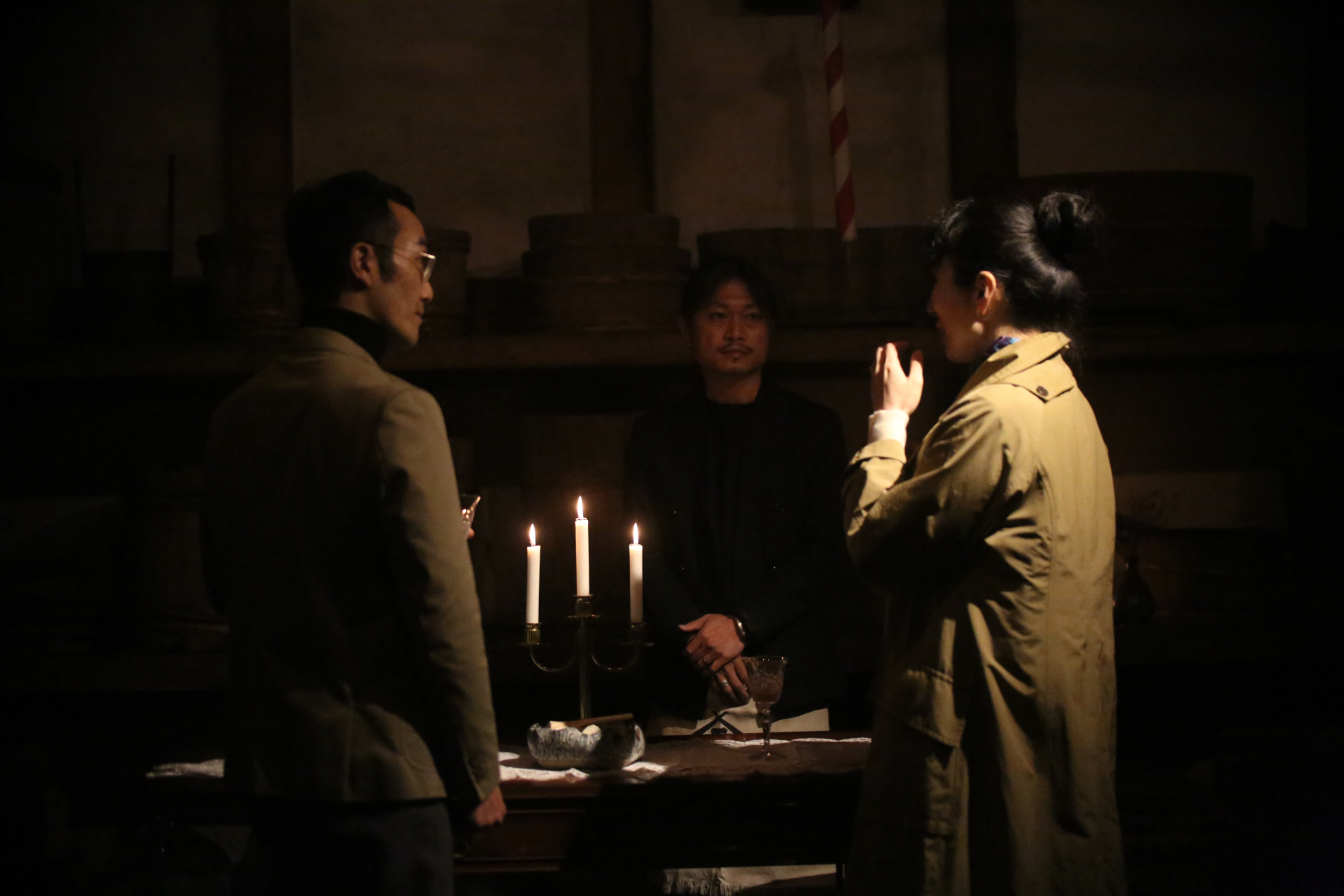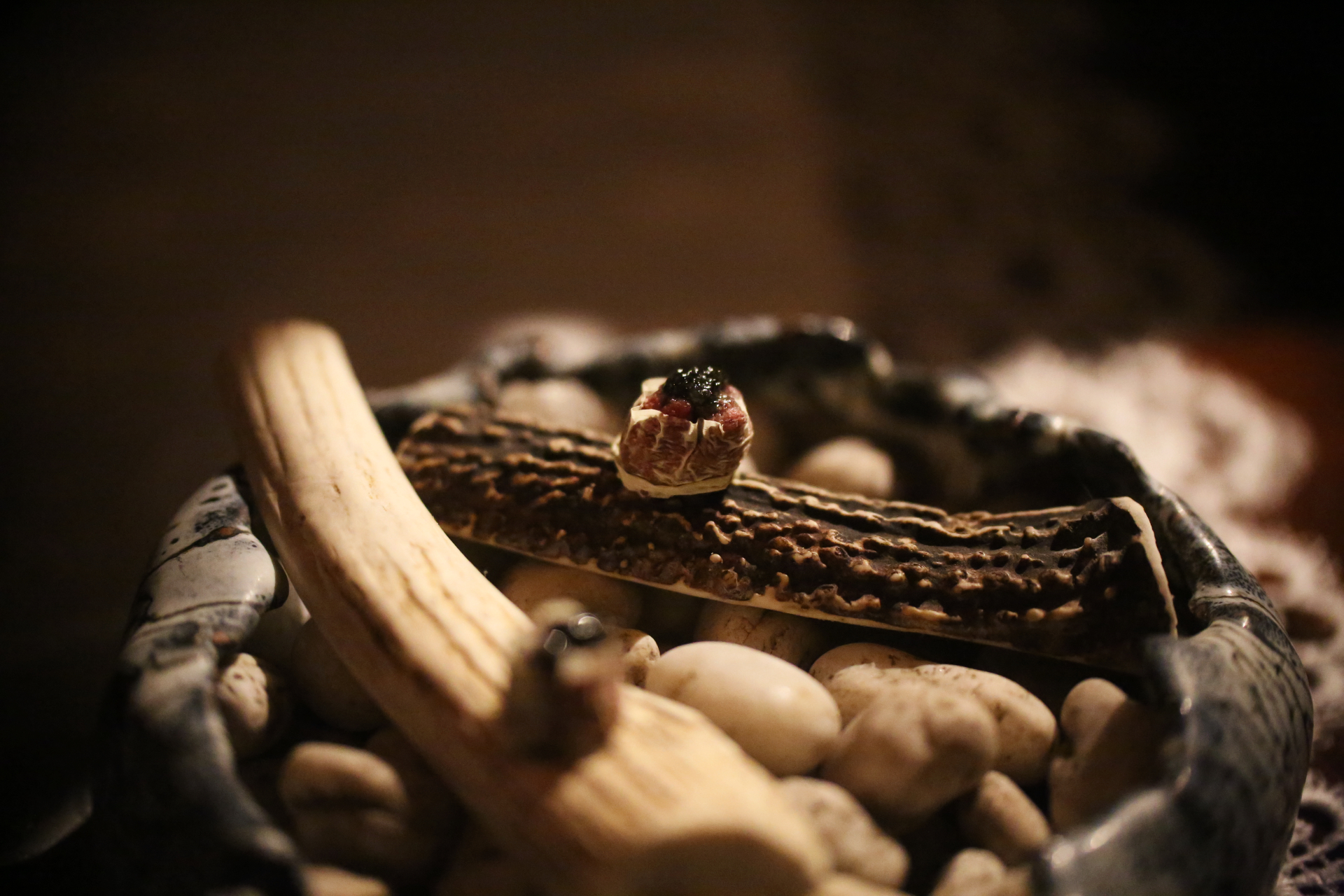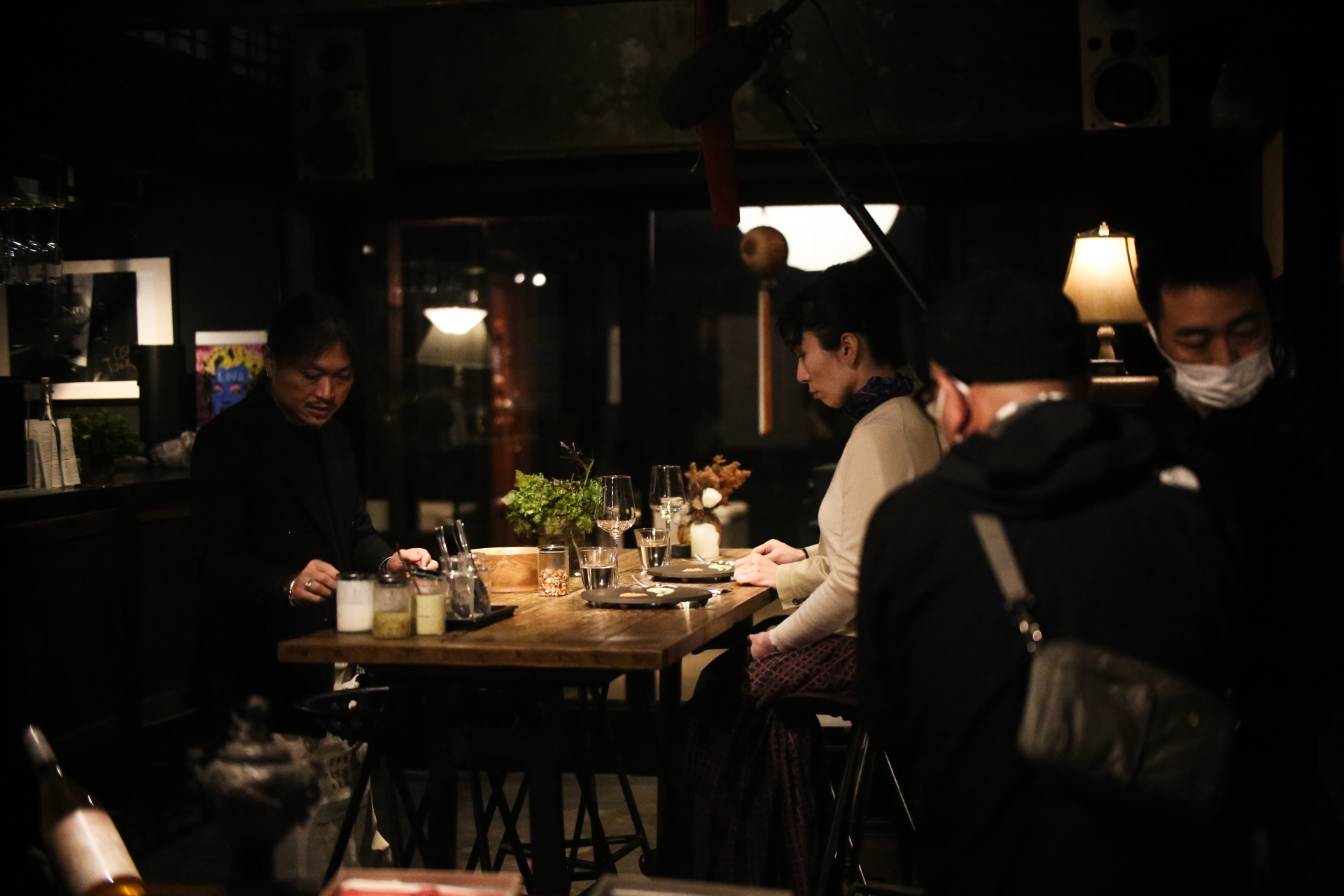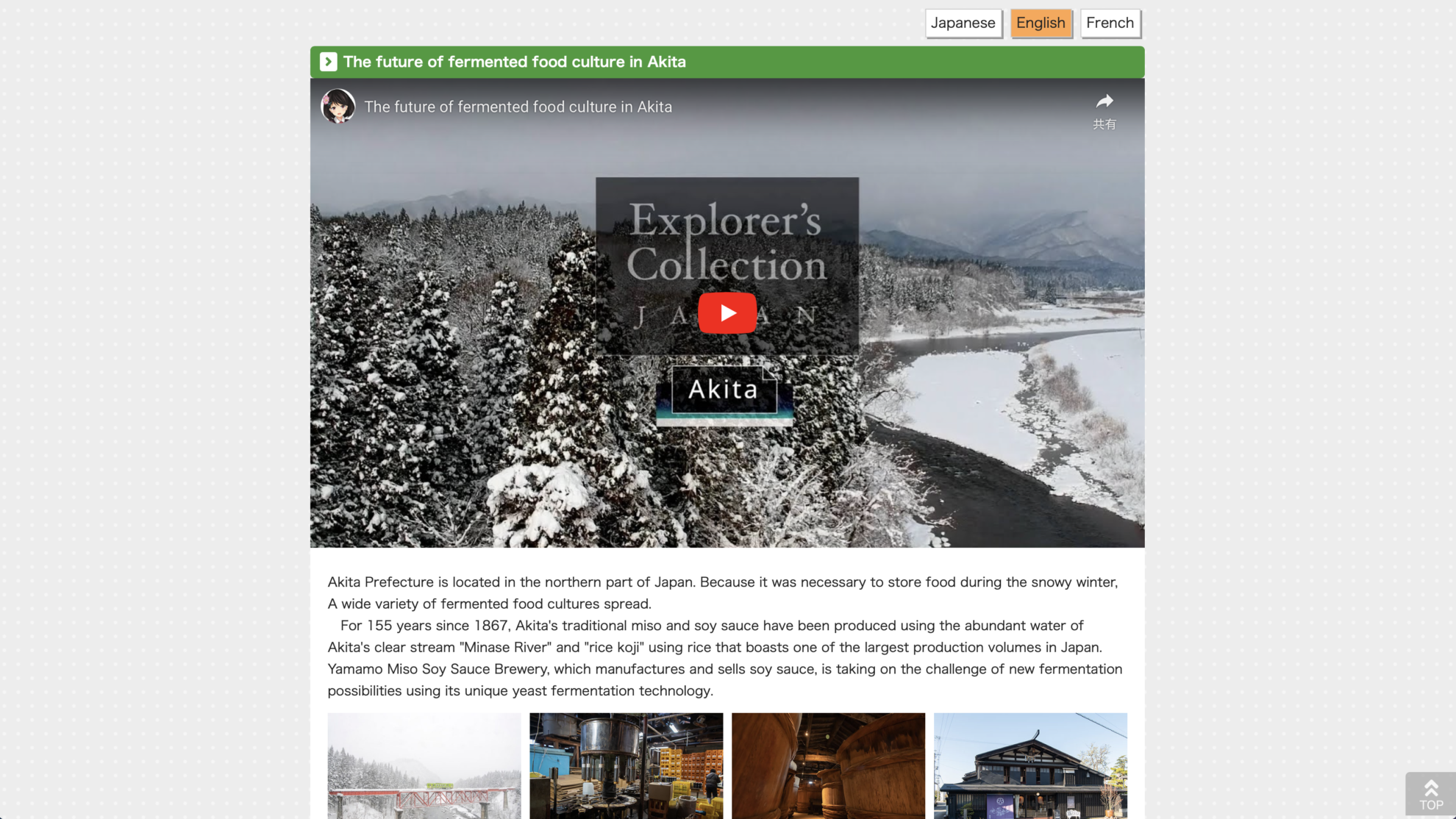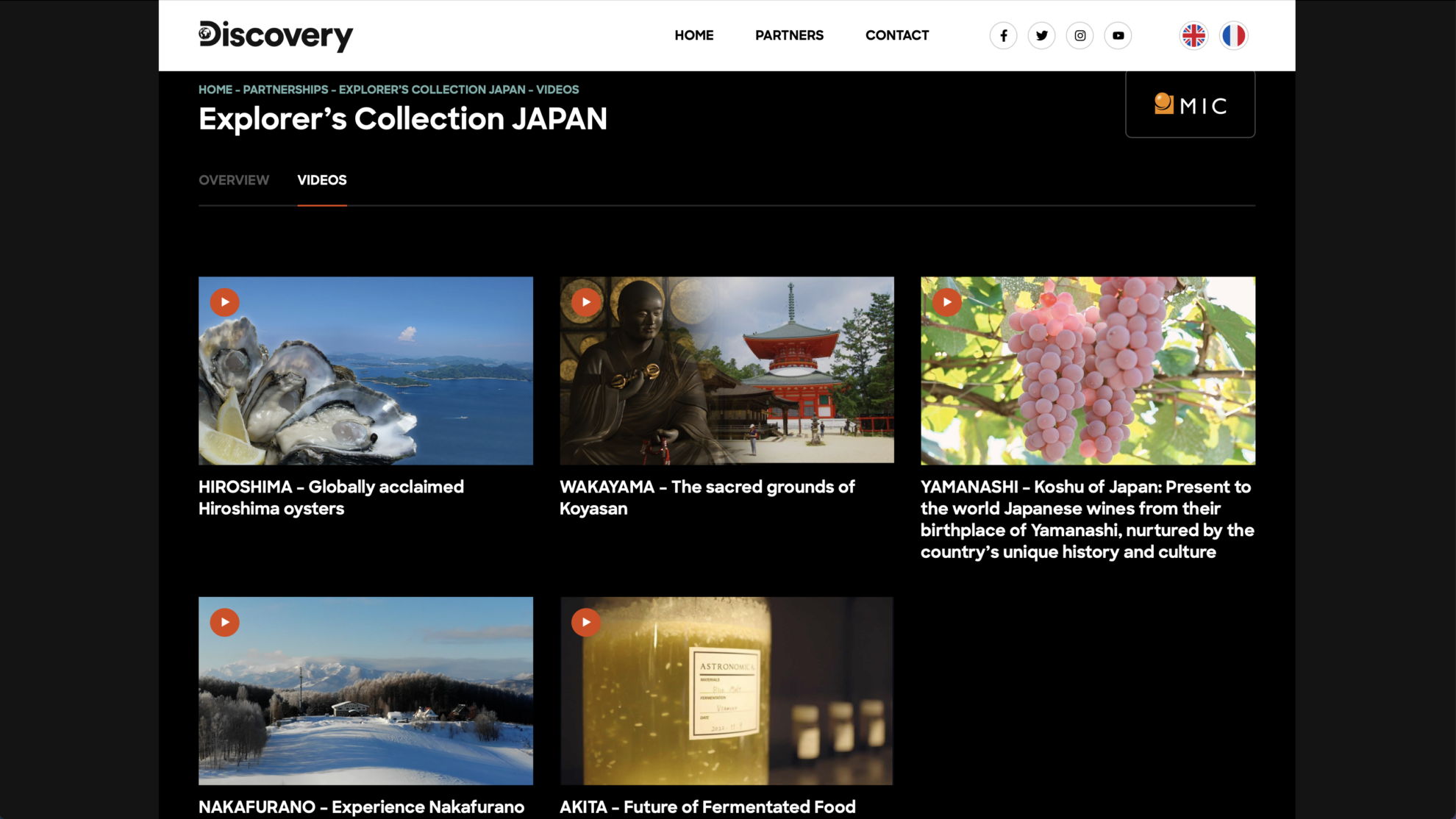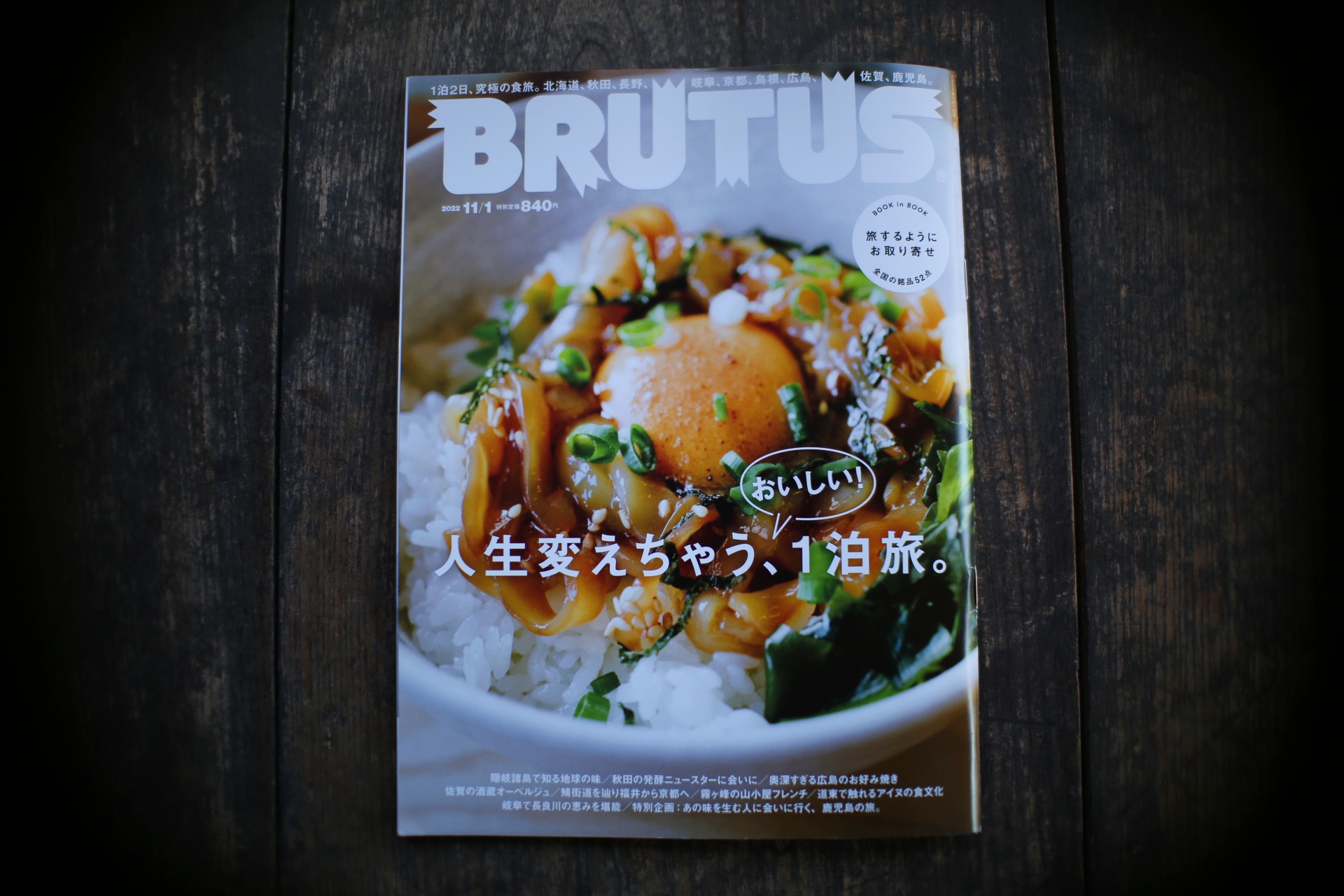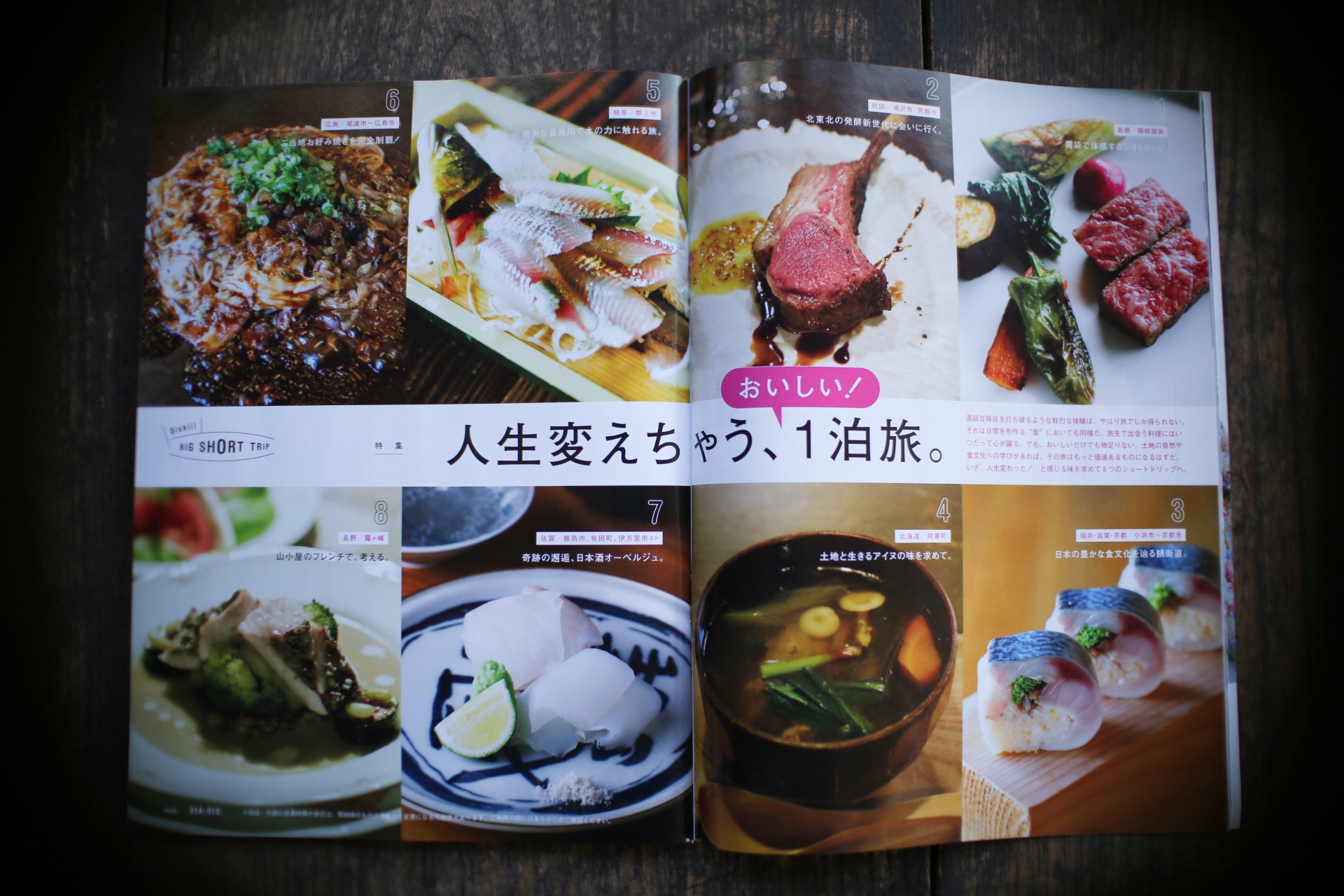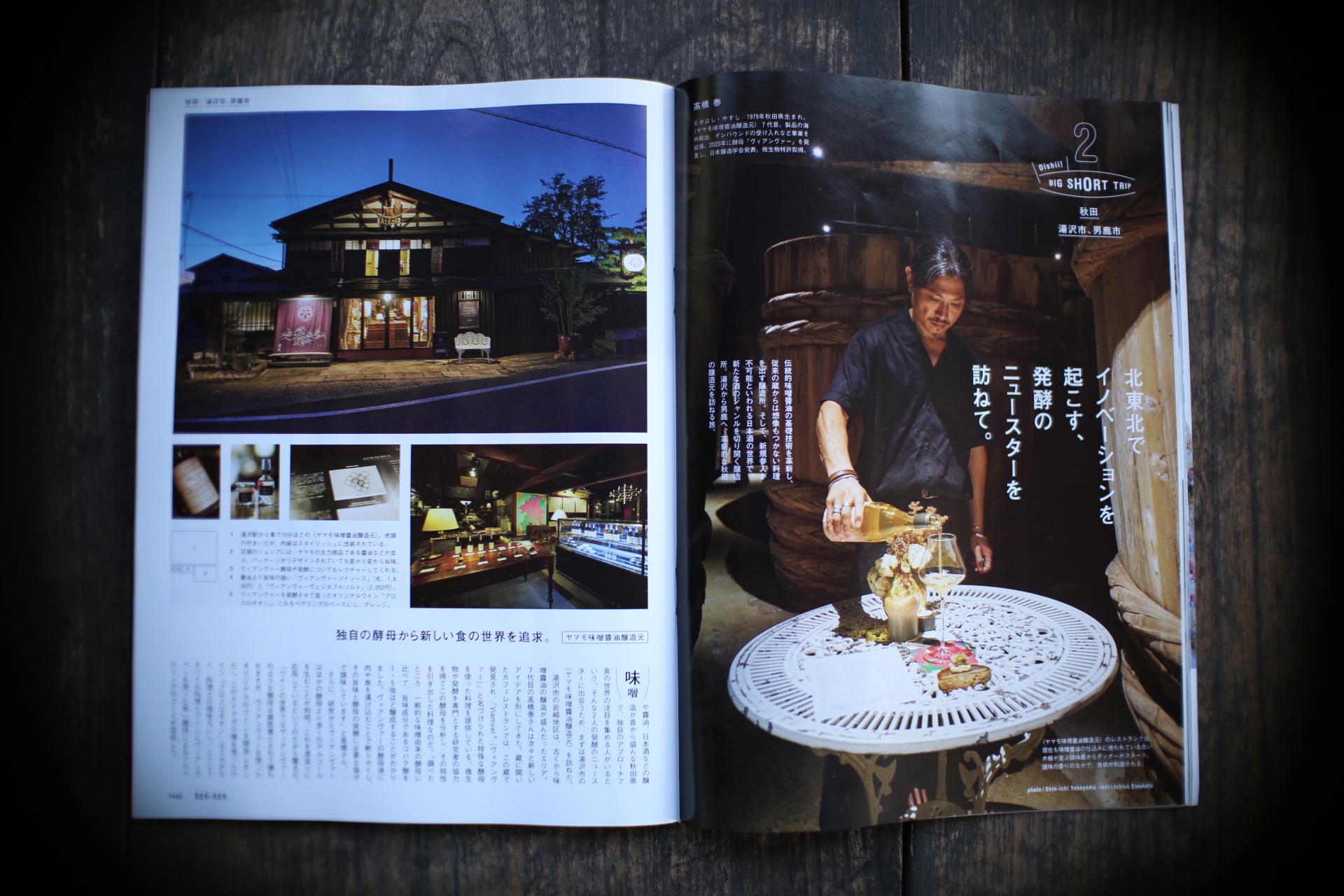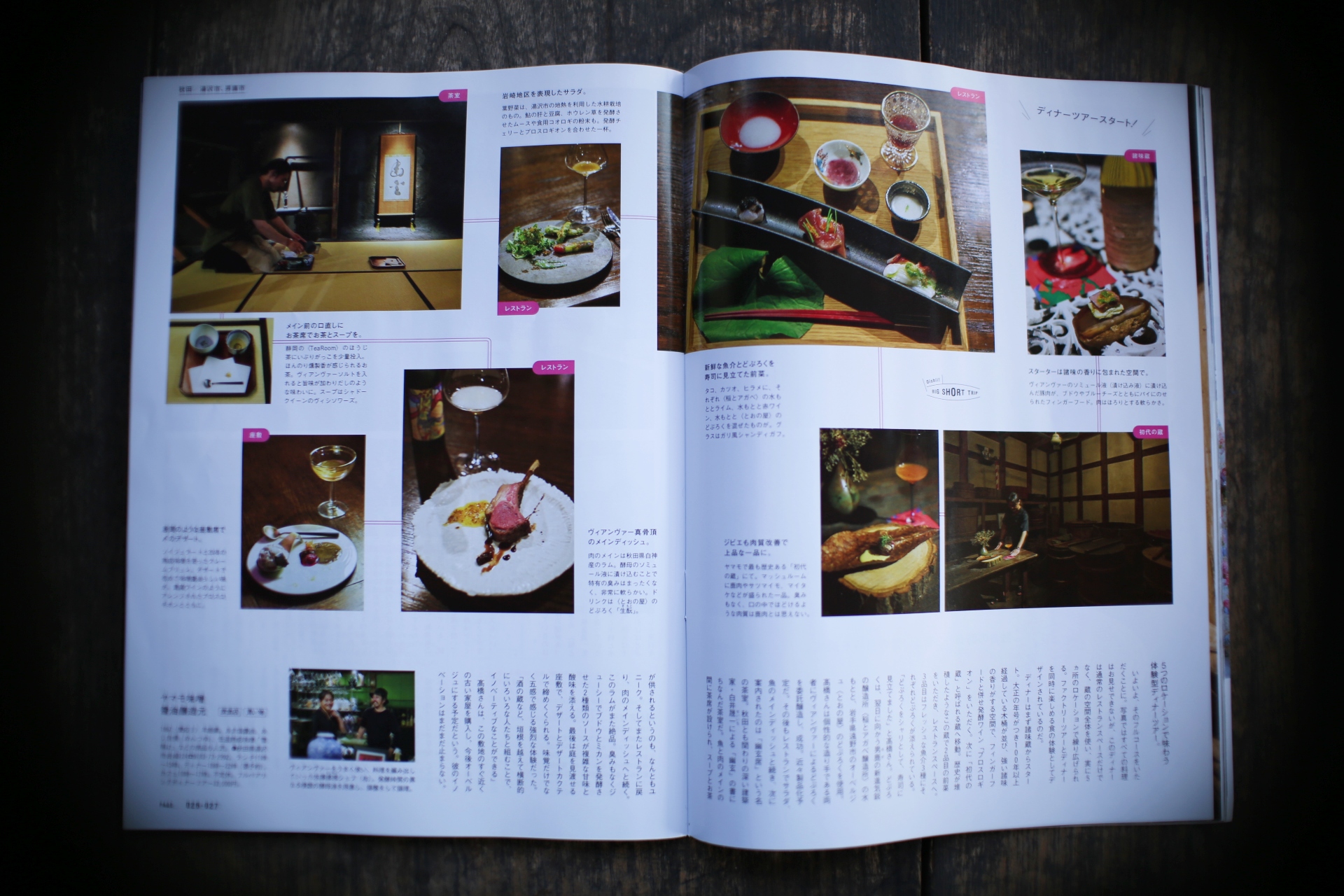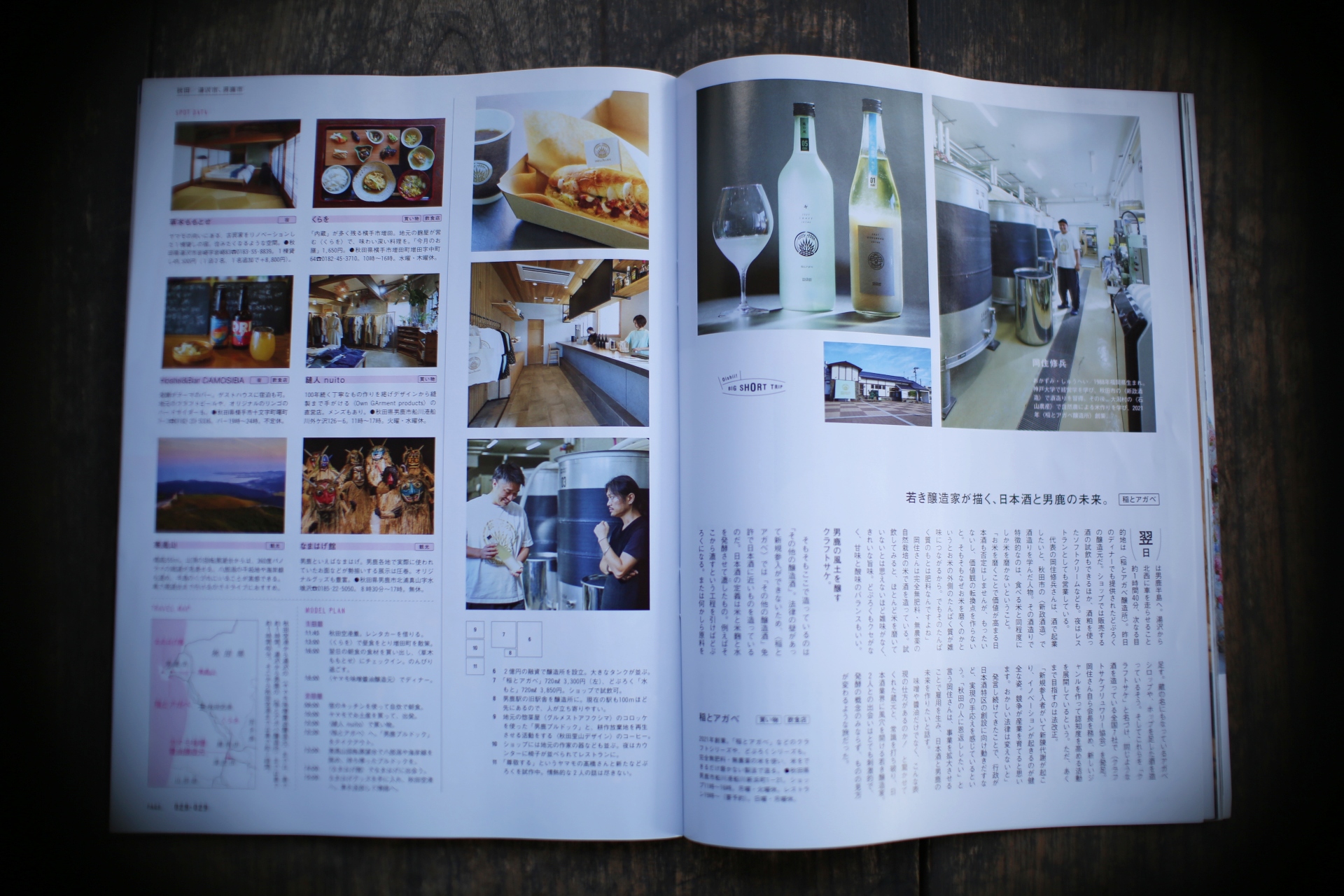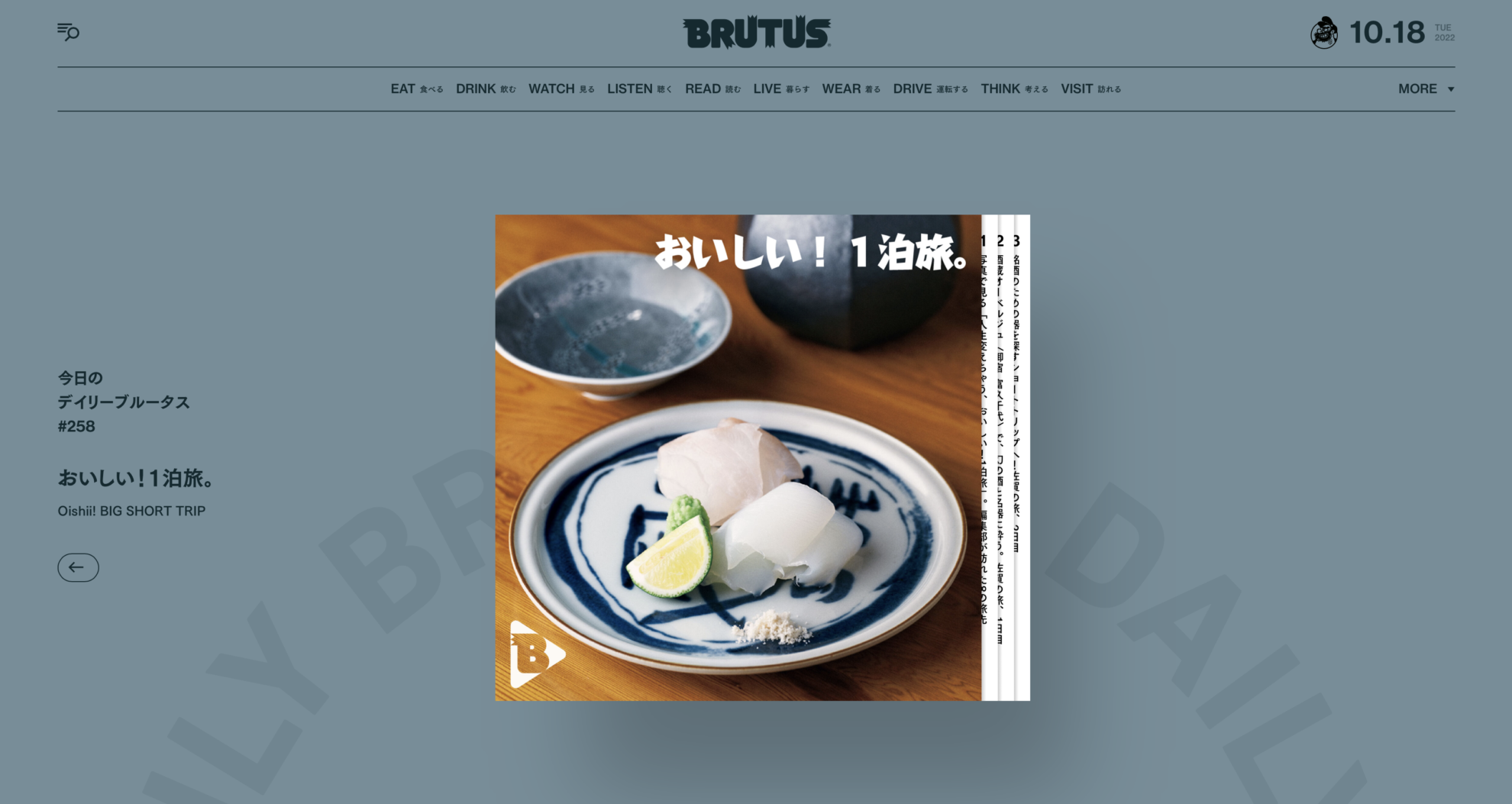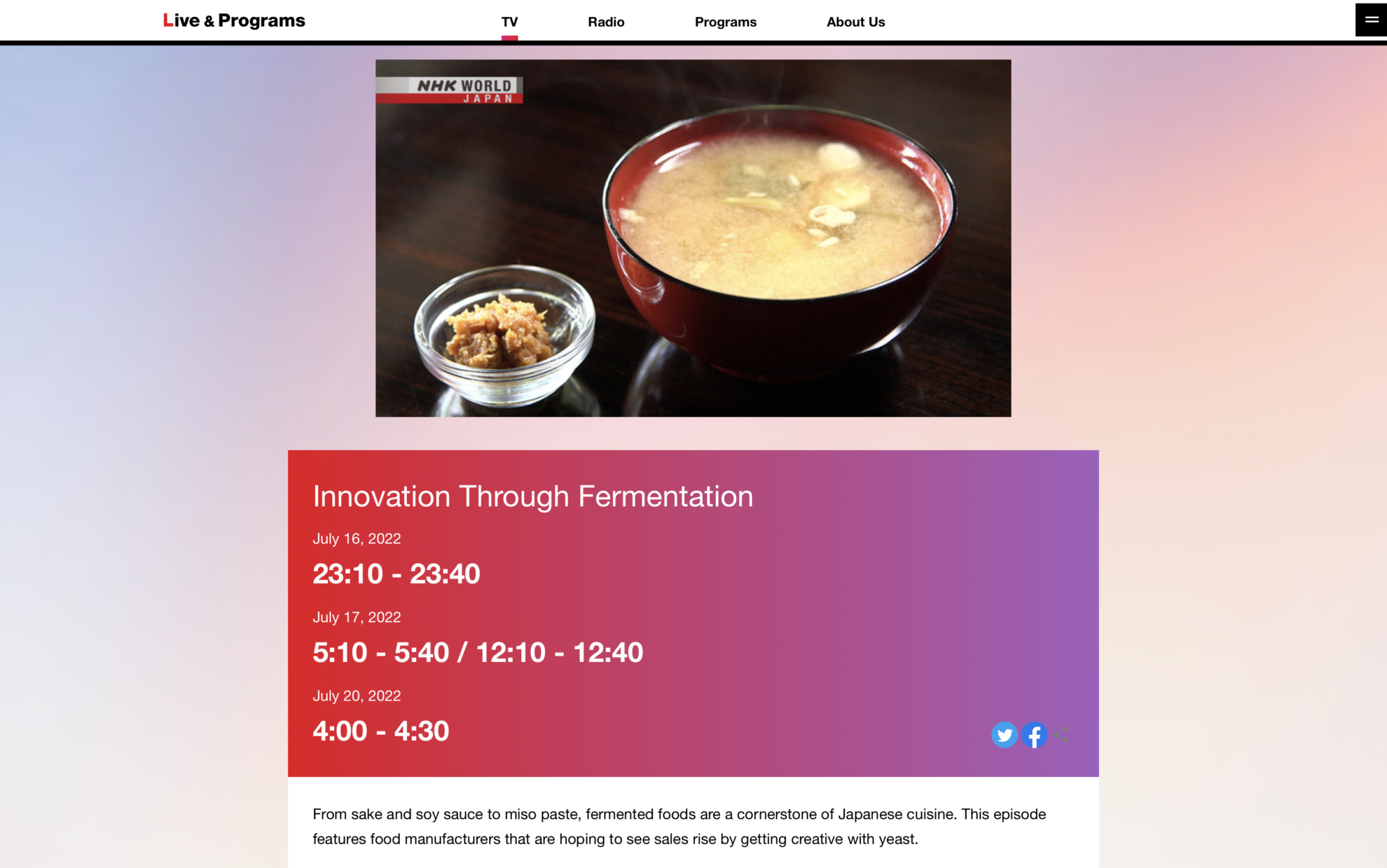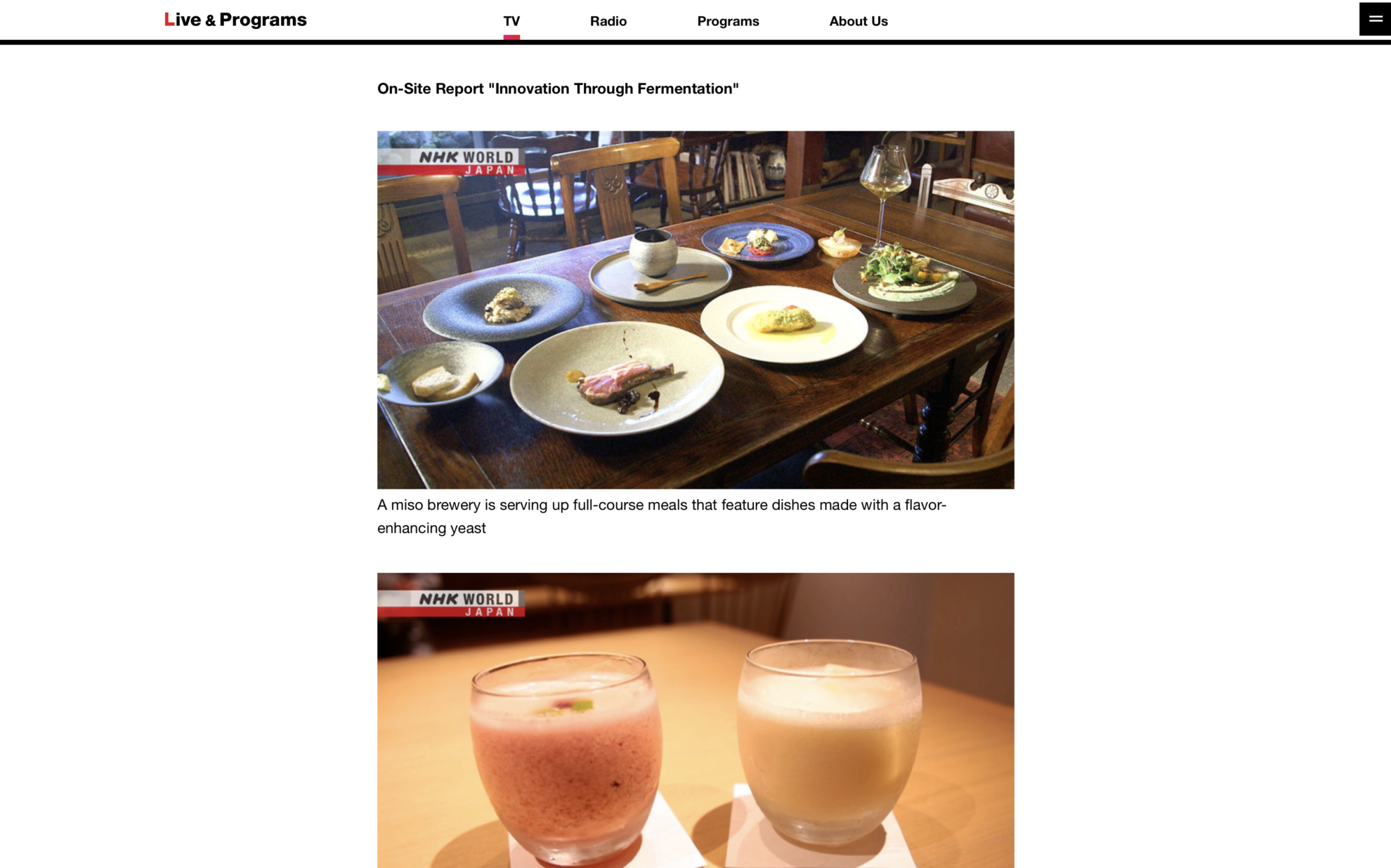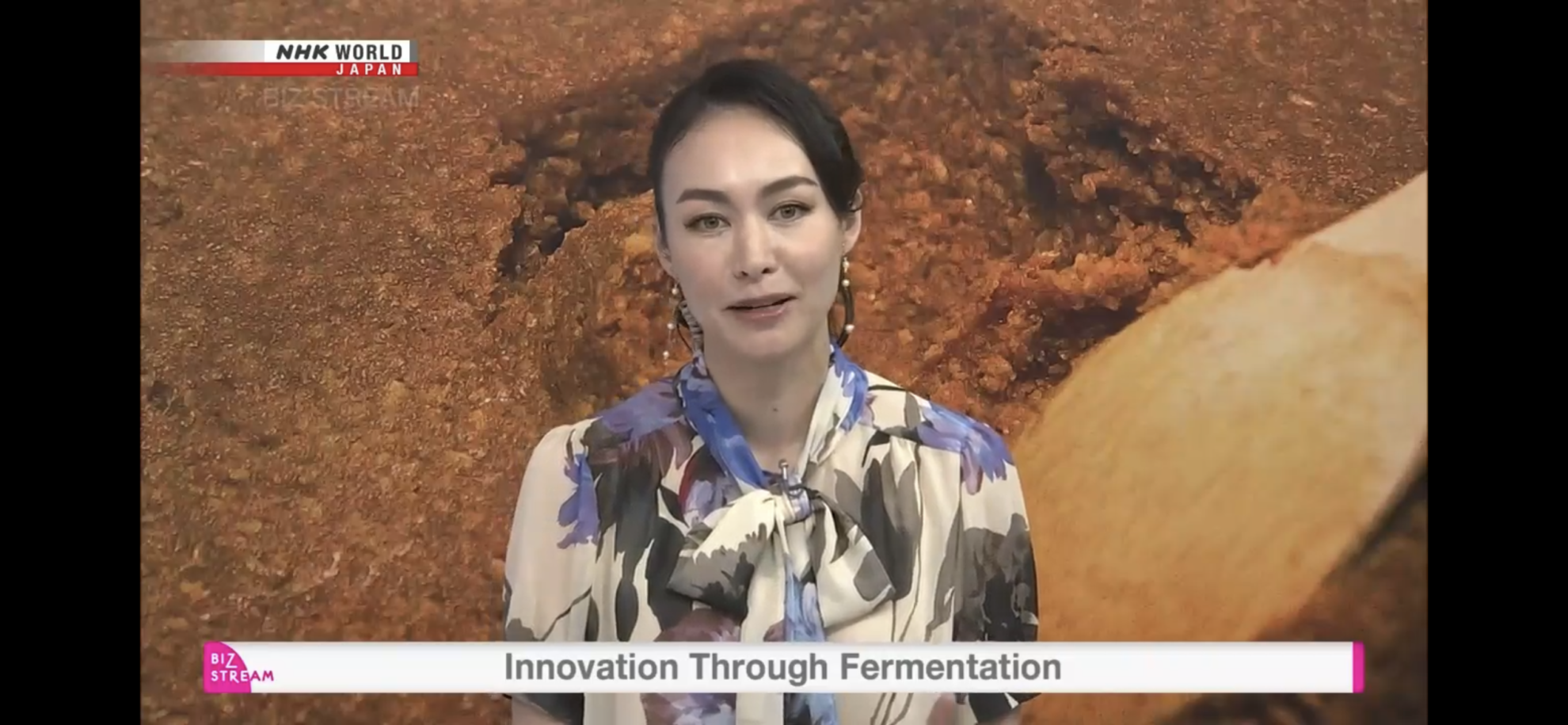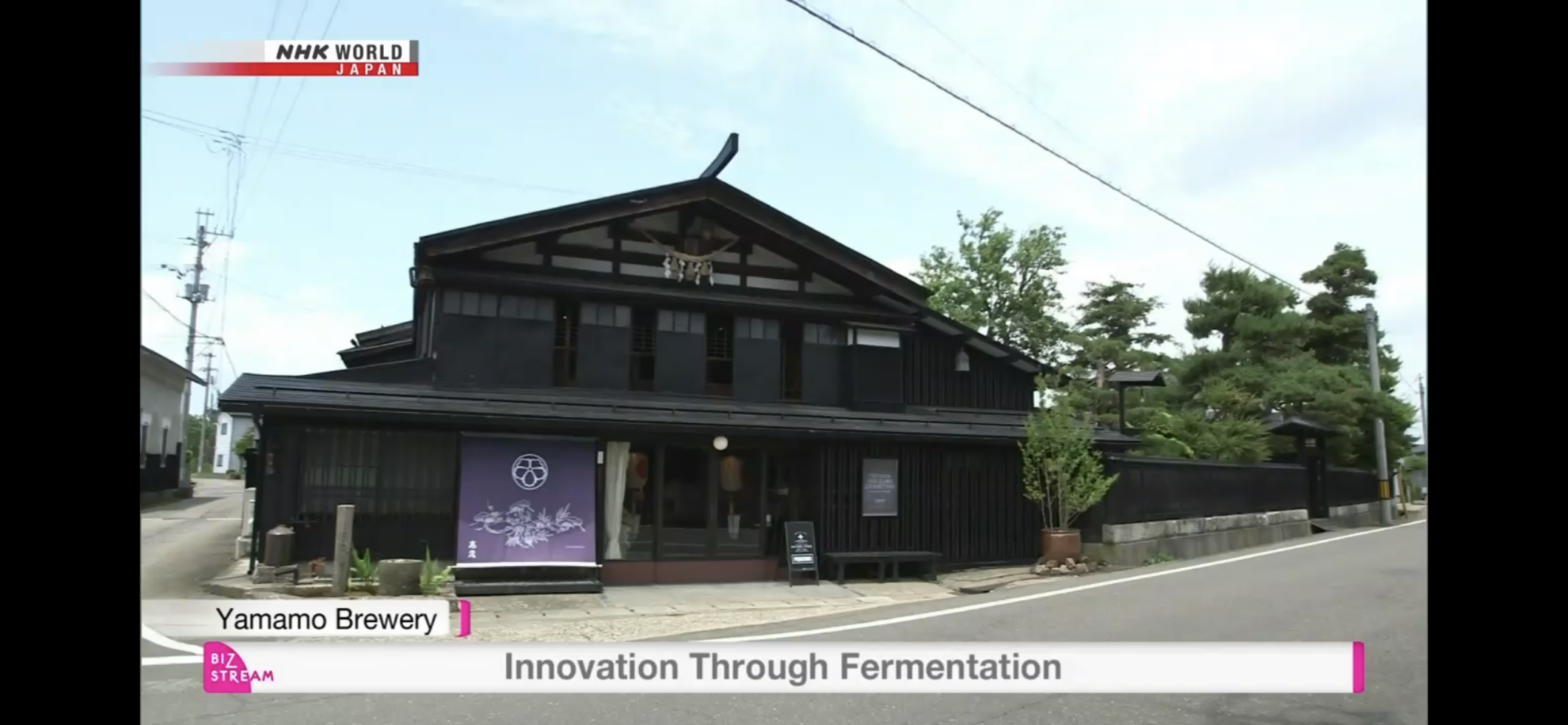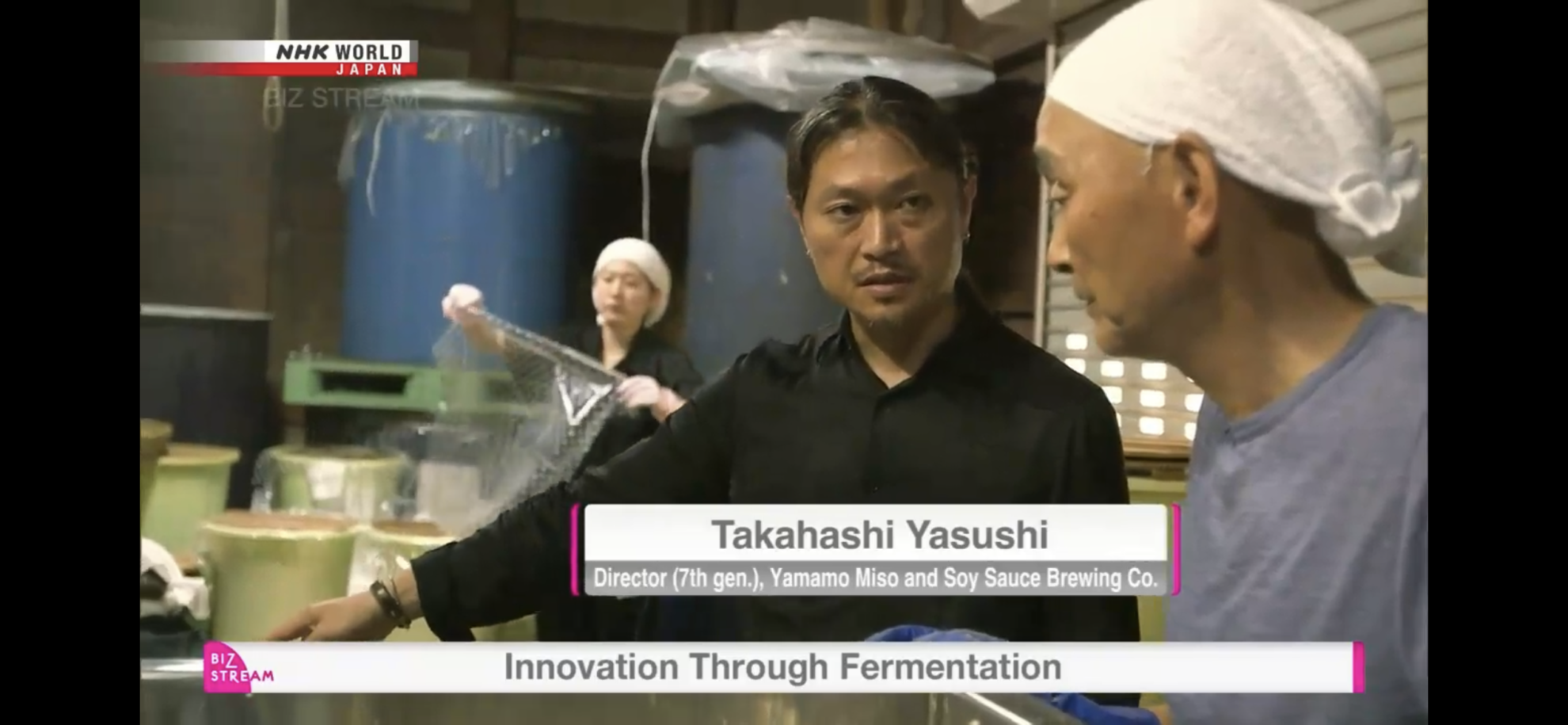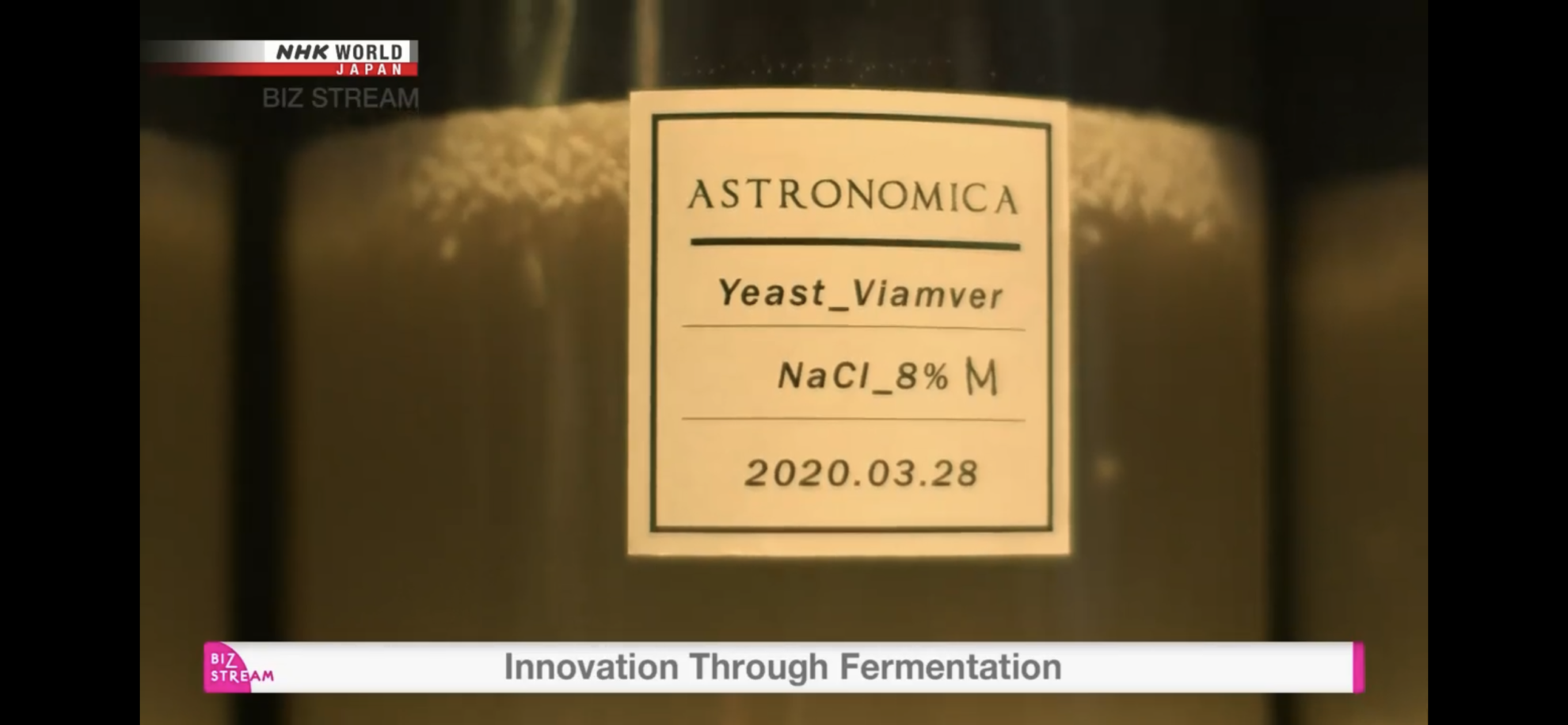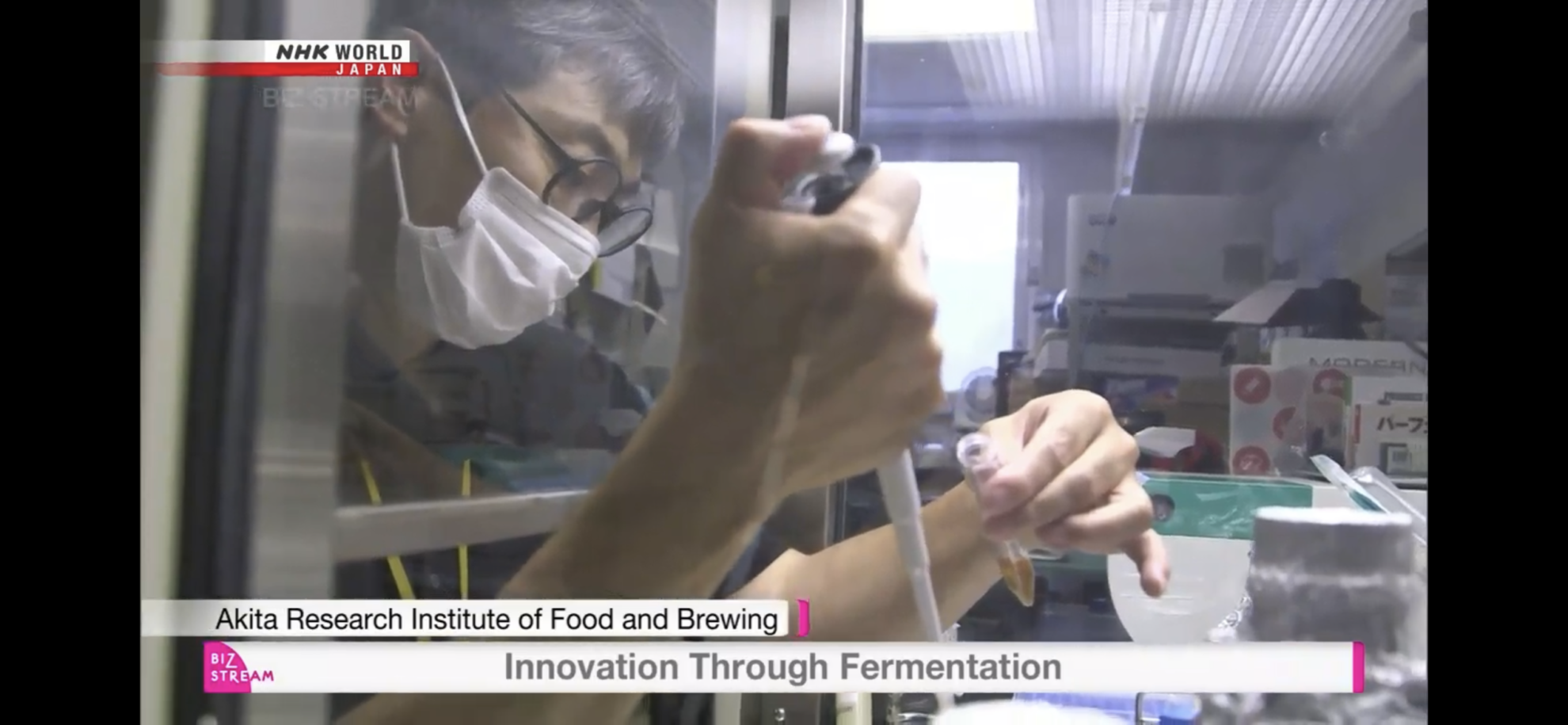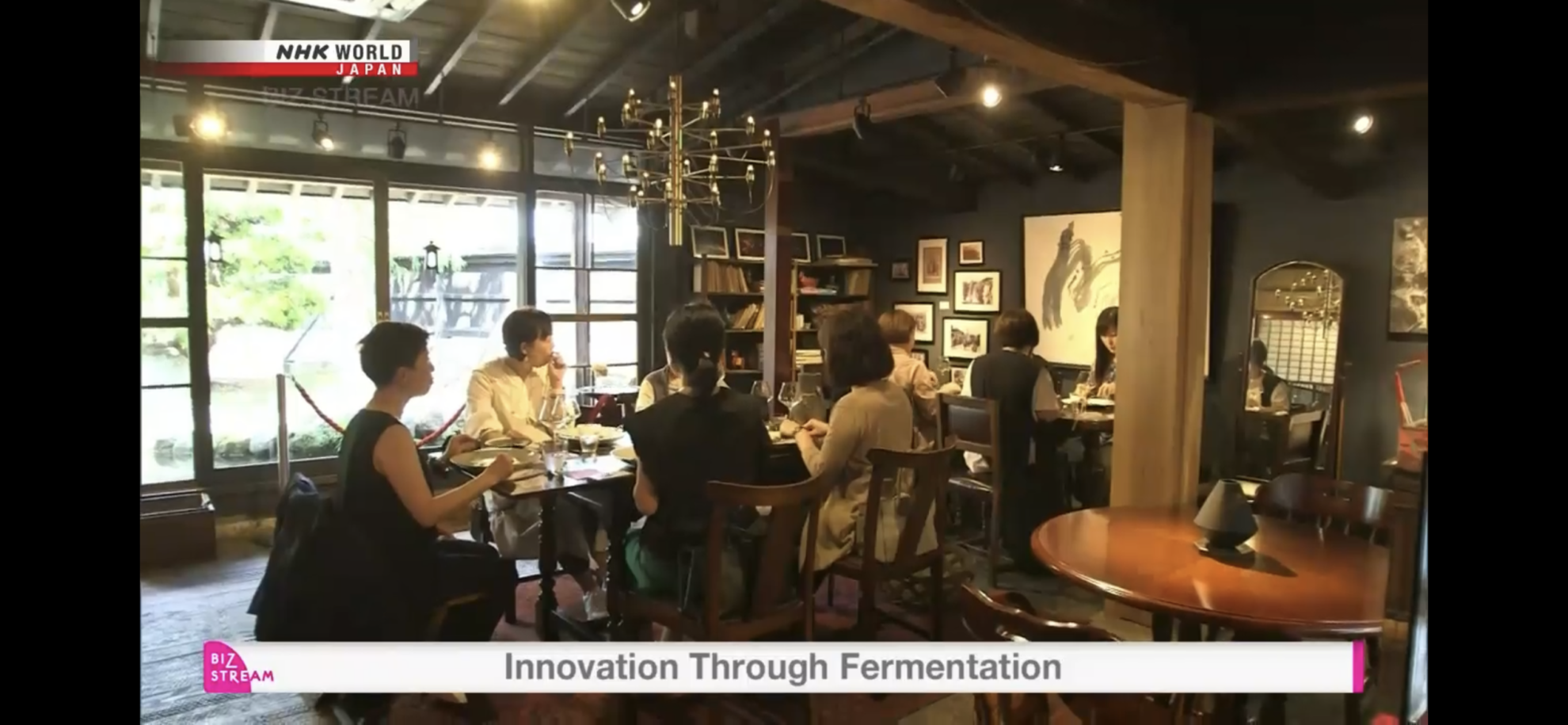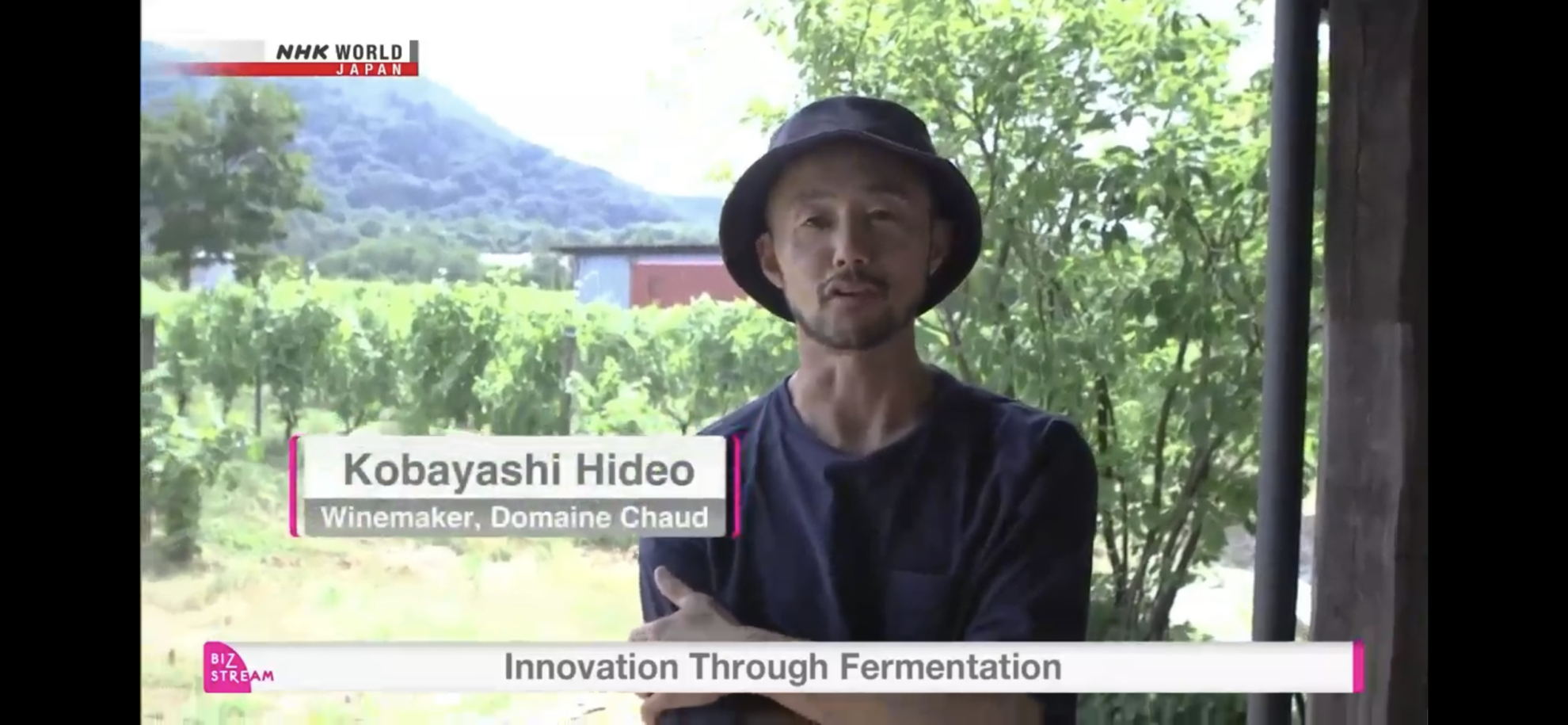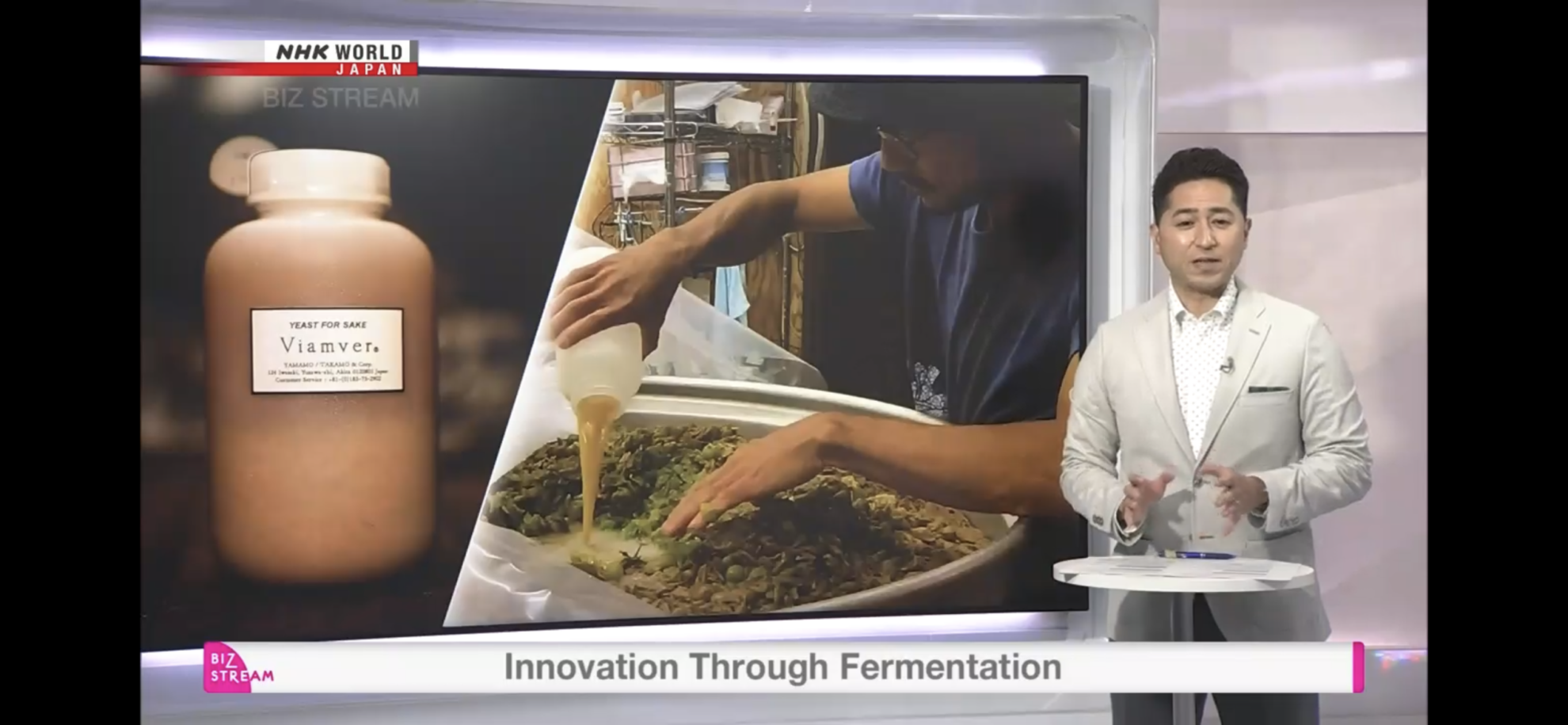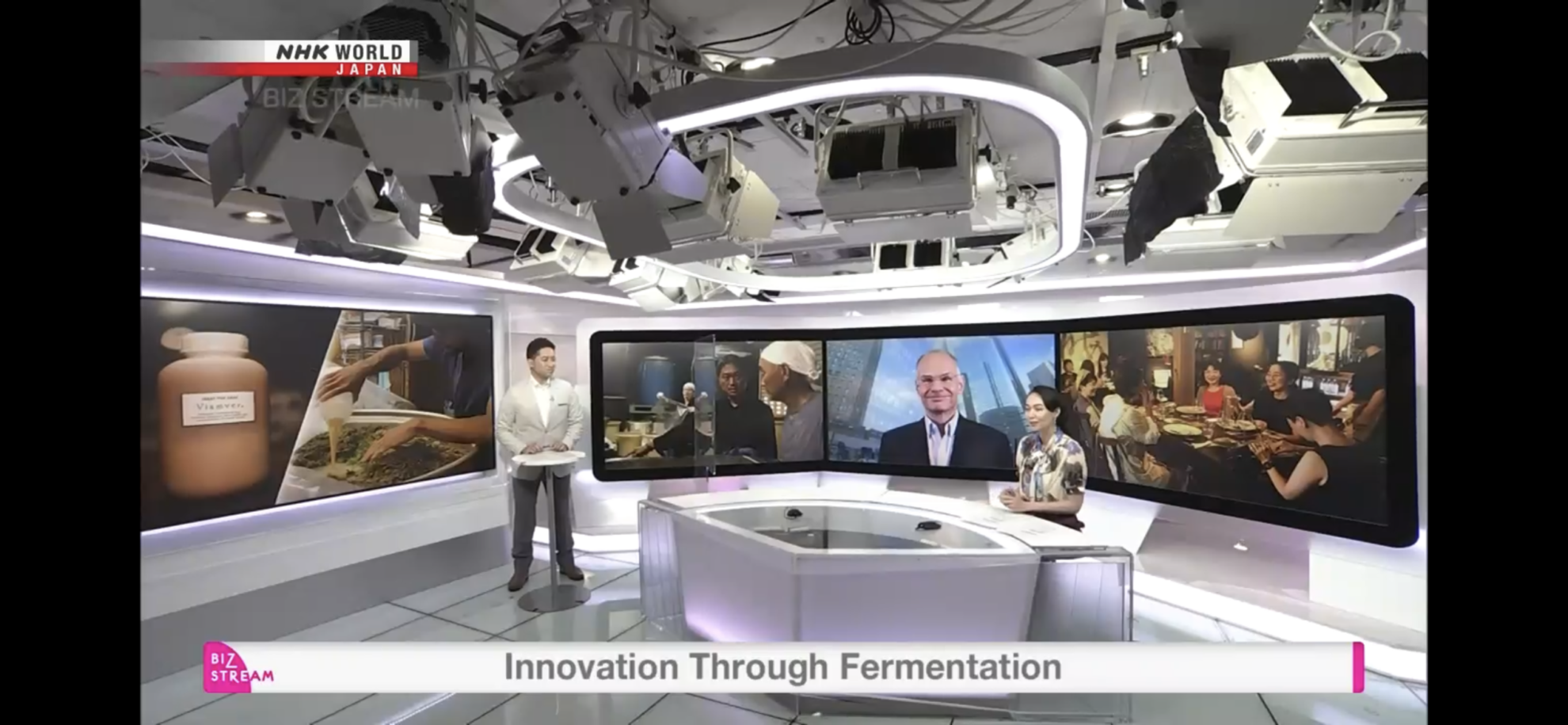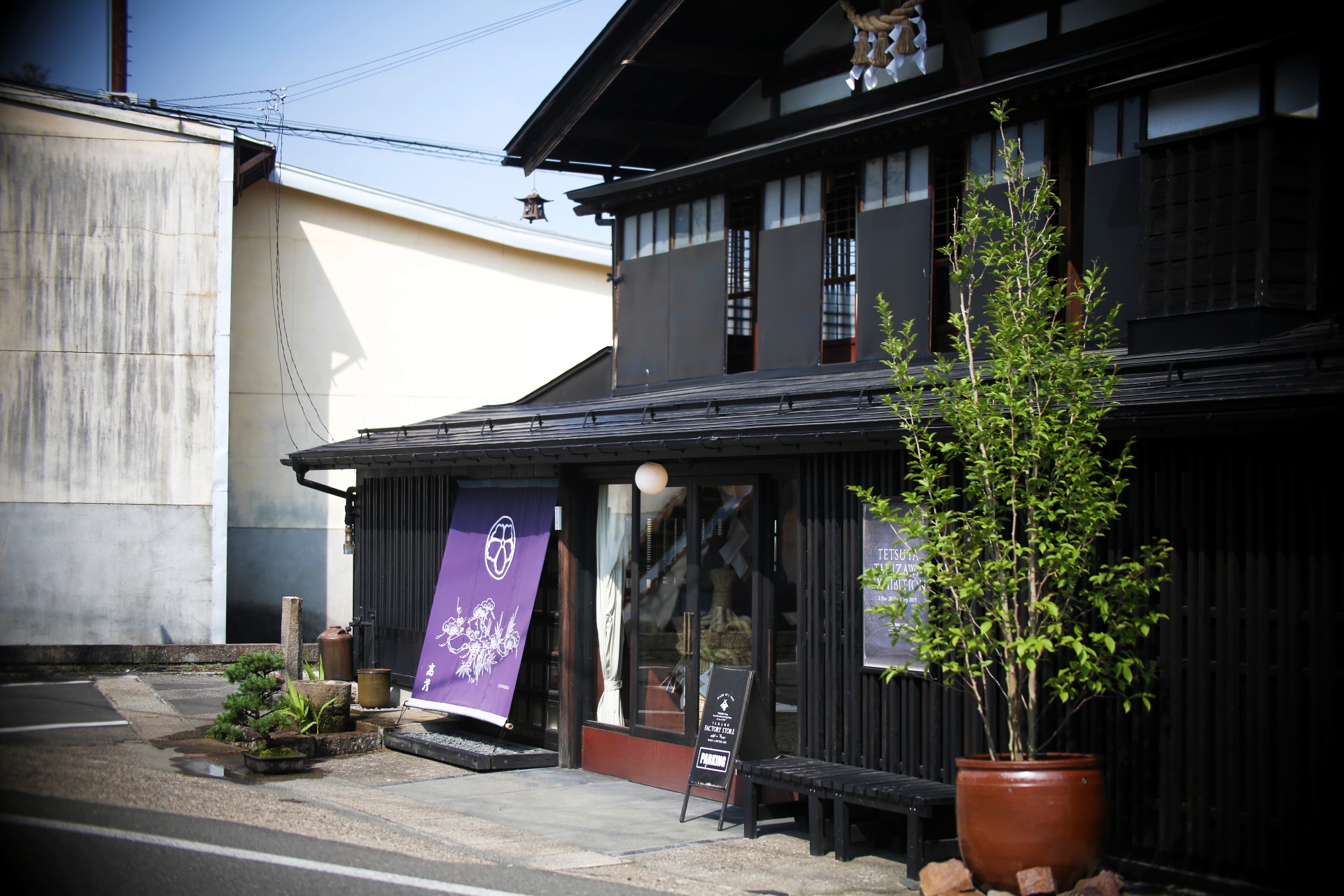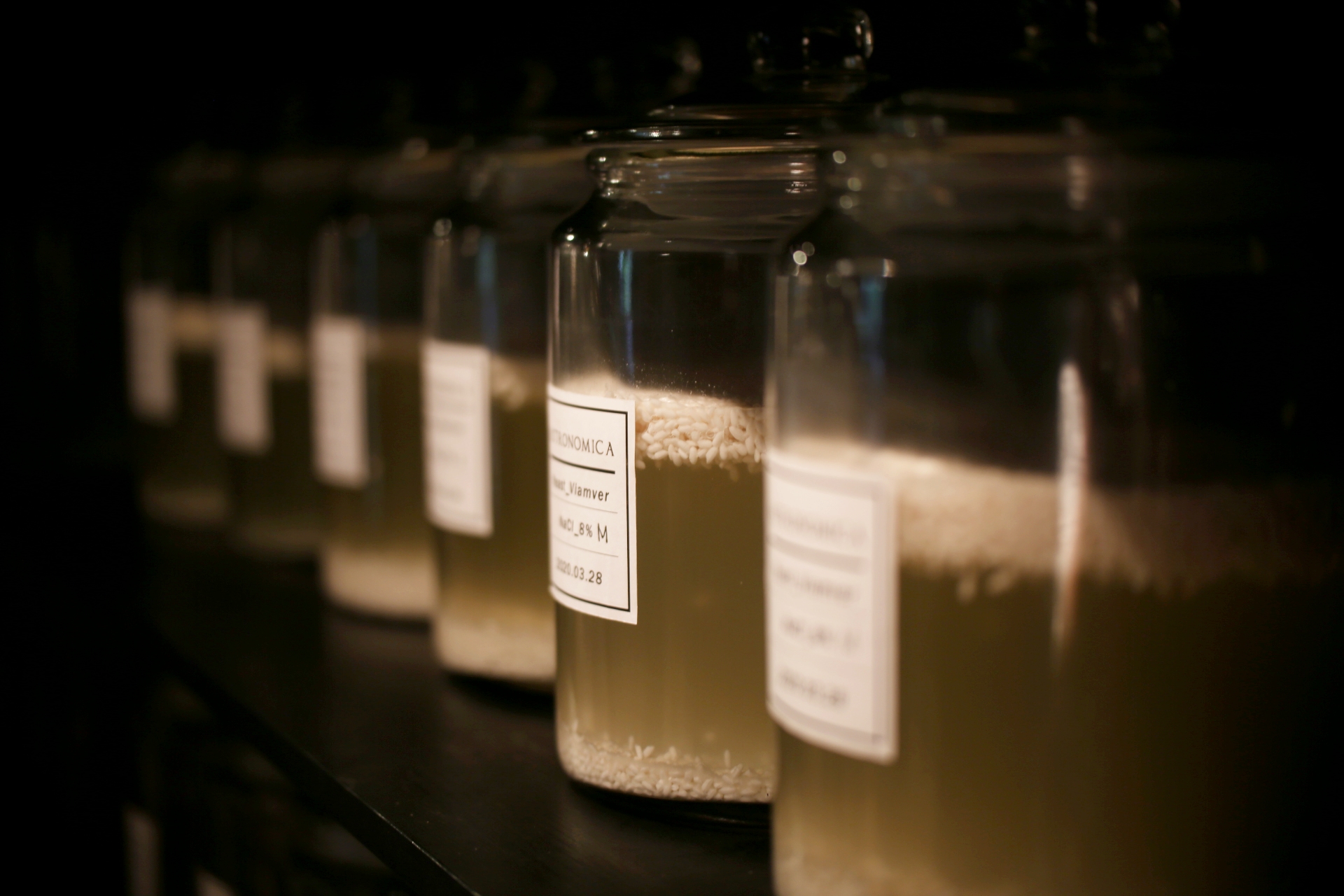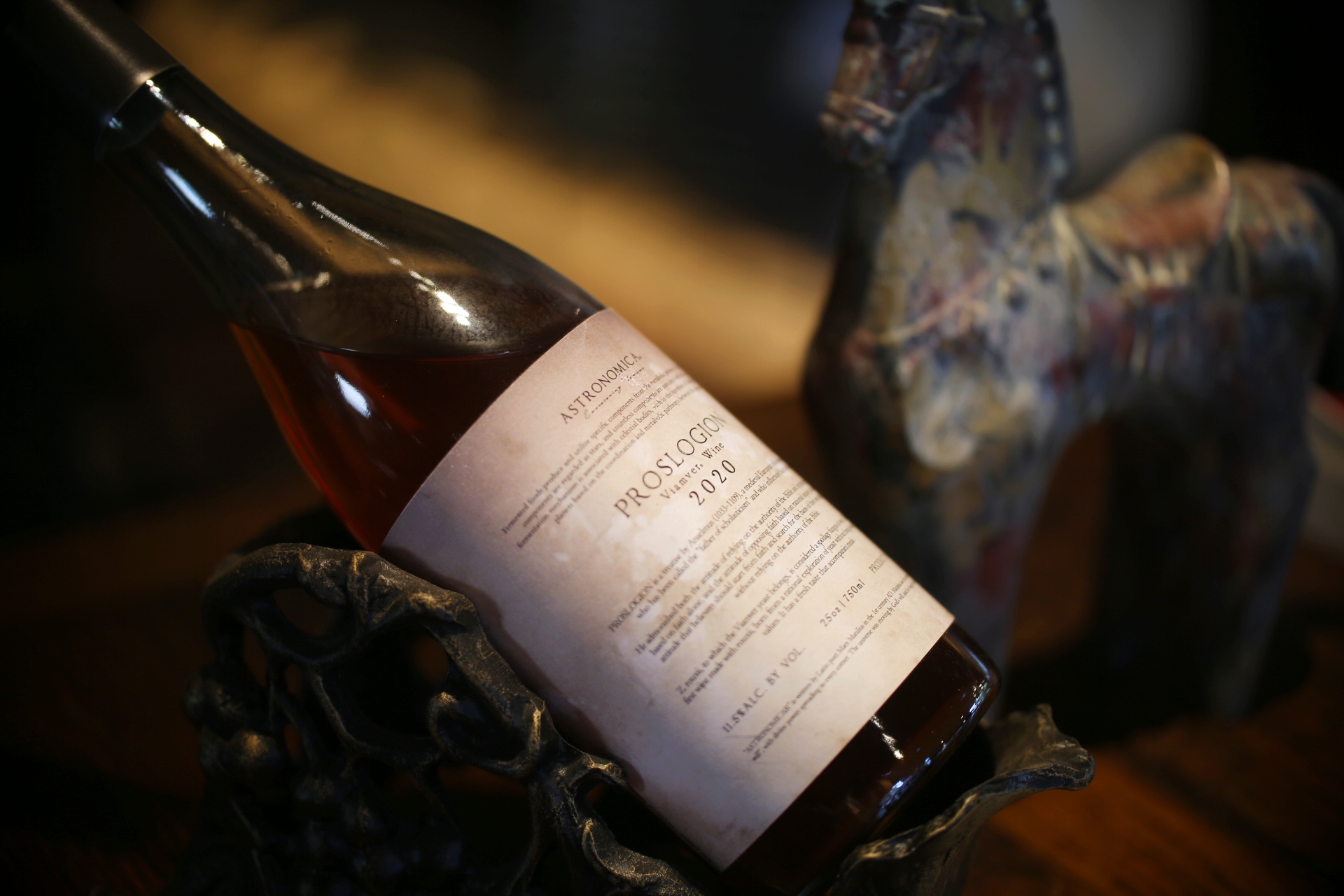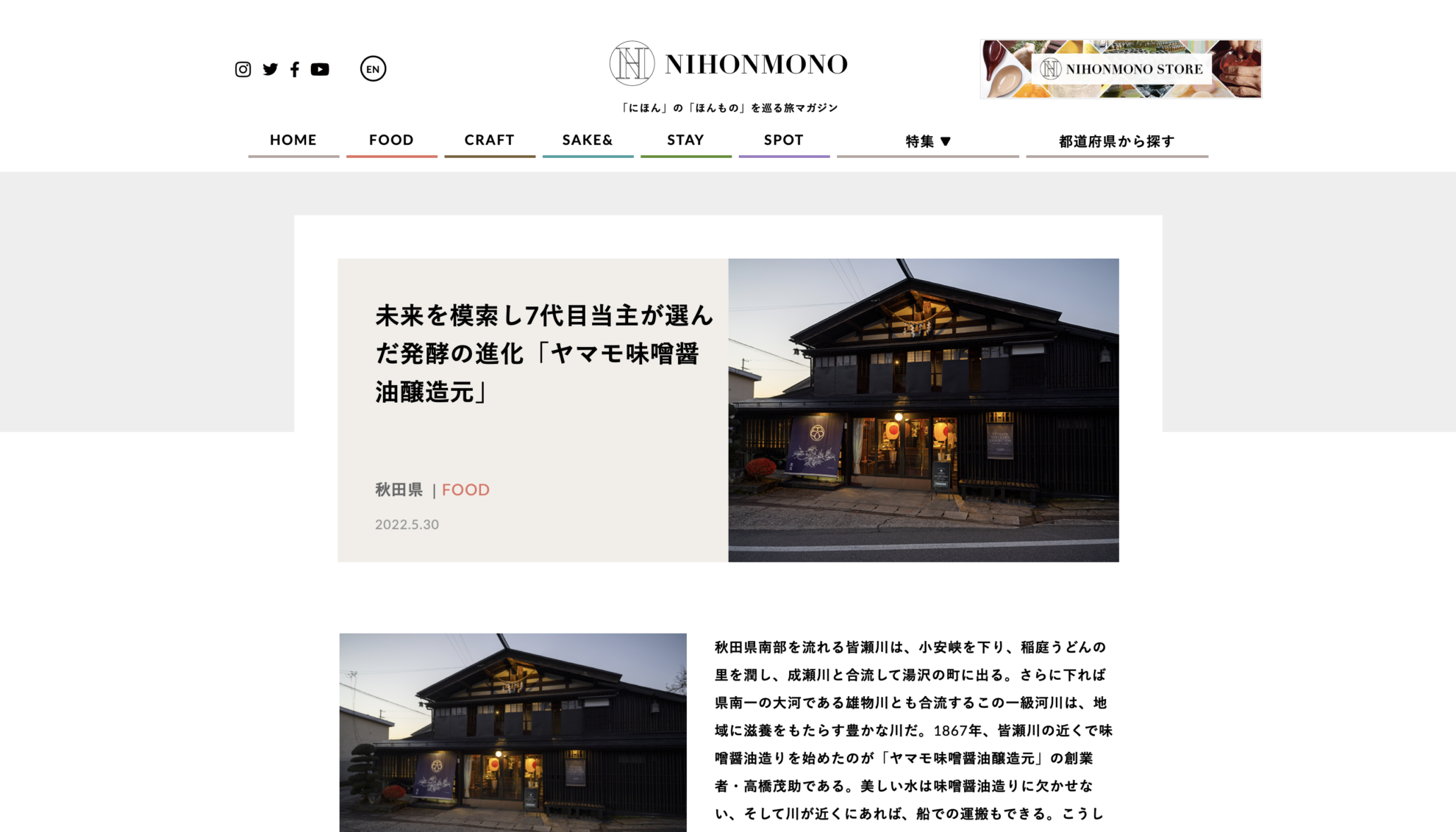建築・まちづくり情報誌”LIXIL eye”に弊社ヤマモの取り組みが掲載されております。白井晟一の残した建築群を御令孫の原太さんが丁寧にご案内するものです。白井晟一関連の書籍からも中々確認することができない生きた情報が掲載されています。取材チームには弊社にもお越しいただき、レストラン利用を含めてお話させていただき、よく意見交換をすることができました。
原太さんとは2010年から交流を続けており、茶室や庭園などの重厚な取り組みをご一緒しています。今回はその経緯にも少し触れていただき、また、建物の基本情報として原太さんとの仕事である”幽玄席”が名前として残ることに感慨深いものを感じています。
白井晟一が湯沢で触れた”旦那衆”と呼ばれる方々のご縁から多くの建築が生まれ、街をかたちづくっていったこと。その仕事が後世まで残り、語り継がれていること。私たちの仕事がその一部を担いながら時代を超えて地域に寄り添えることに喜びを感じています。産業と文化を繋ぎ、私たちにしかできないことを追求していきたいと思います。ぜひ、誌面をご覧ください。
年前.
News of Article Publication_LIXIL eye JANUARY 2023 no.28
LIXIL eye”, an information magazine on architecture and urban development, features the work of Yamamo. Mr. Genta, a grandson of Seiichi Shirai, carefully guides visitors through the architectural complexes left behind by Seiichi Shirai. The article contains information that cannot be found even in books related to Seiichi Shirai. The interview team also visited our company and had a chance to talk with him, including the use of our restaurant, and exchange opinions with him often.
We have been in contact with Mr. Genta since 2010, and we have been working together with him on the tea house, garden, and other stately initiatives. I was deeply moved by the fact that the “Yugen-seki,” which is the basic information about the building and his work with Mr. Genta, will remain as the name of the building.
Many architectural works were born from the relationships with the “masters” that Seiichi Shirai came in contact with in Yuzawa, and they shaped the city. Their work has been handed down to future generations. We are delighted that our work has played a part in this and that we are able to stay close to the community throughout the ages. We will continue to pursue what only we can do, connecting industry and culture. Please take a look at our magazine._mediainfo._magazine
.
報紙出版_LIXIL eye JANUARY 2023 no.28
我們公司 Yamamo 的努力已刊登在建築和城市發展信息雜誌“LIXIL eye”上。 白井徵一的孫子原太先生將細心帶您參觀白井徵一留下的建築物。 它包含即使是與白井晟一有關的書籍也無法輕易確認的實時信息。 採訪組還參觀了我們公司並談到了使用餐廳的情況,我們能夠很好地交換意見。
我從 2010 年開始接觸原太先生,我們共同致力於茶室和花園等具有深遠意義的項目。 這次稍稍涉及了歷史,原先生的作品“遊元石”的建築物的基本信息仍保留為名稱,這讓我深受感動。
白井晟一在湯澤結識了被稱為“丈夫”的人,許多建築由此誕生,城市也隨之成型。 作品留傳後世,流傳至今。 我們很高興我們的工作在其中發揮了作用,並且隨著時間的推移,我們與當地社區的關係越來越密切。 我們願連接產業與文化,追求只有我們能做的。 請看一下雜誌。
.
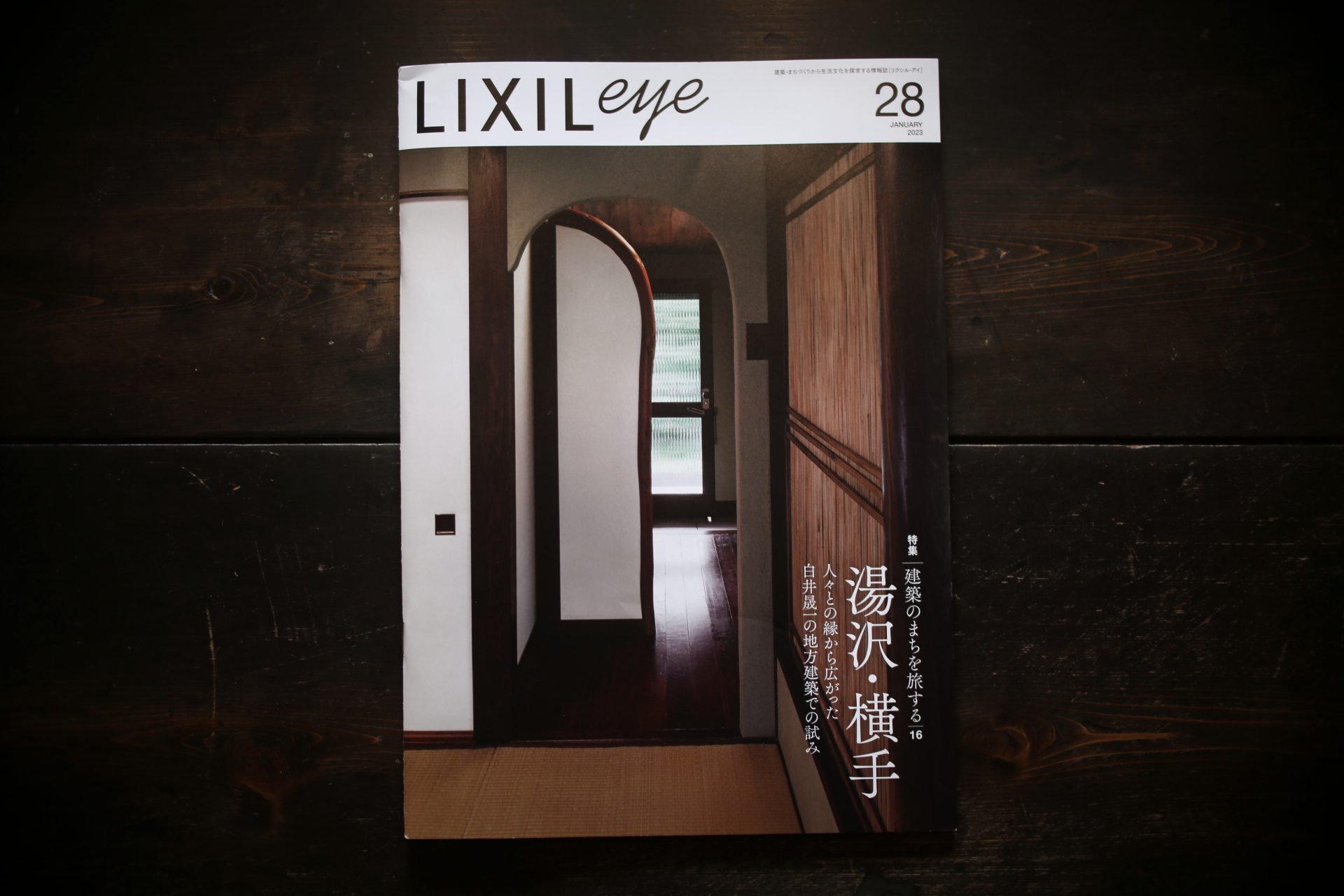
.
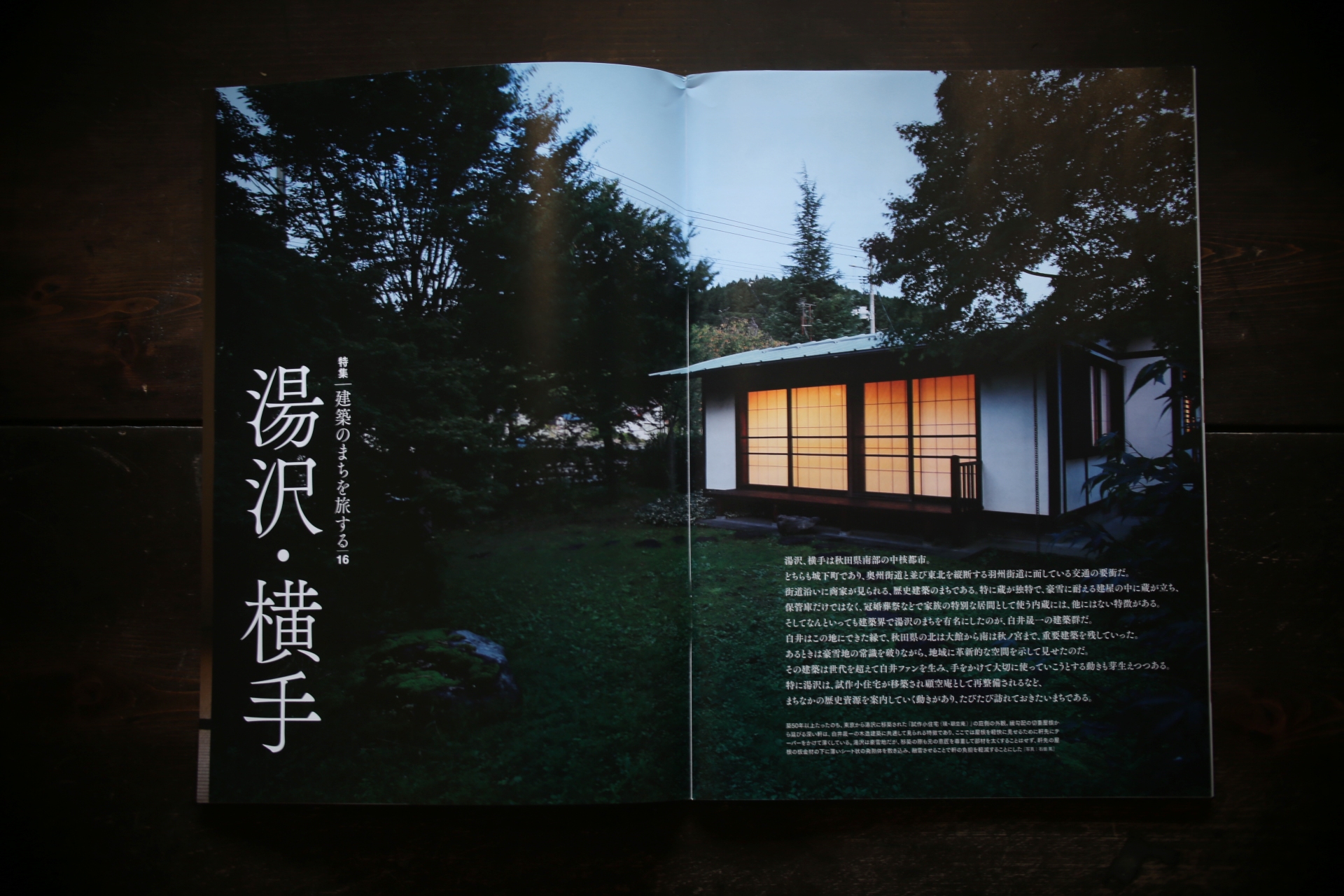
.
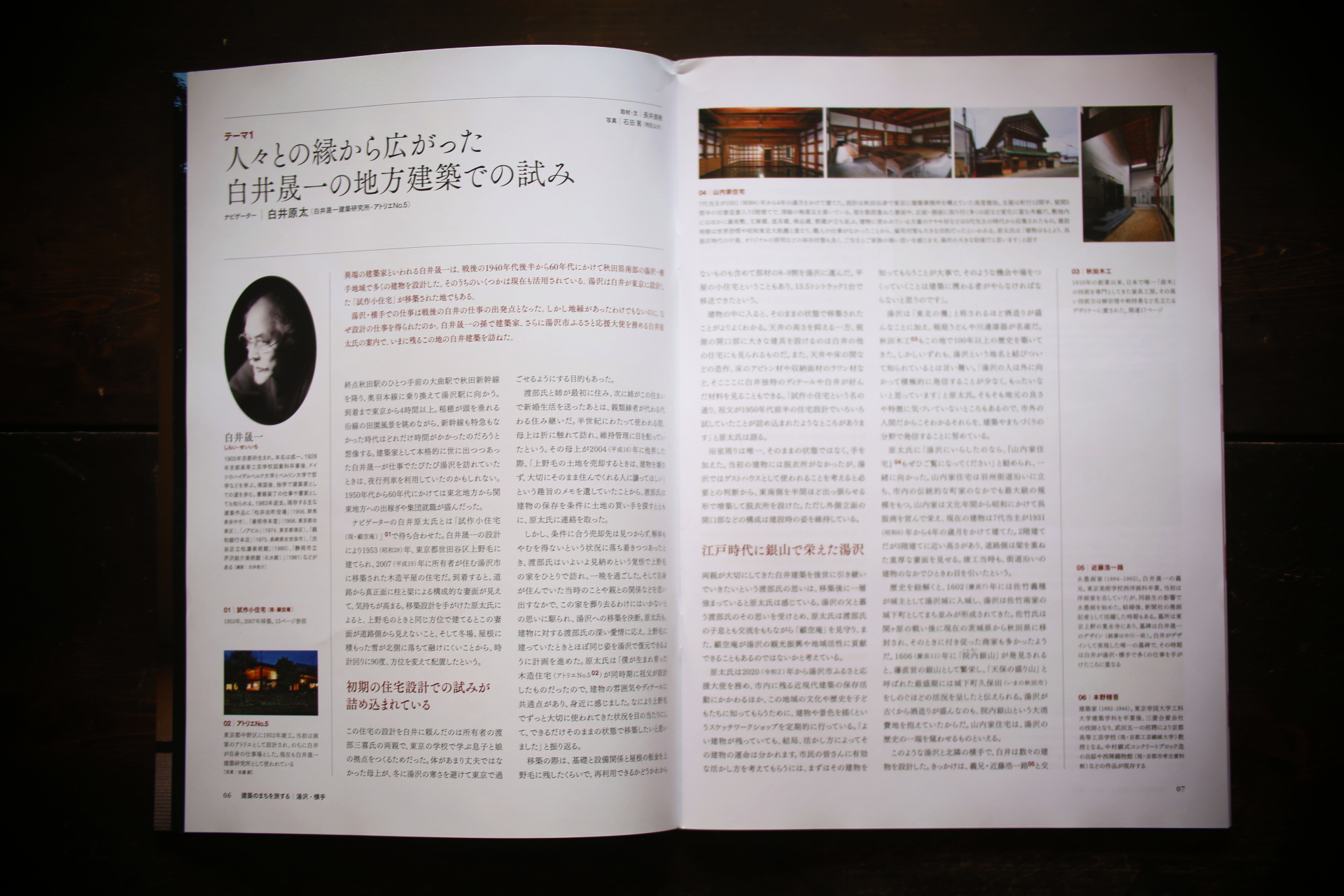
.
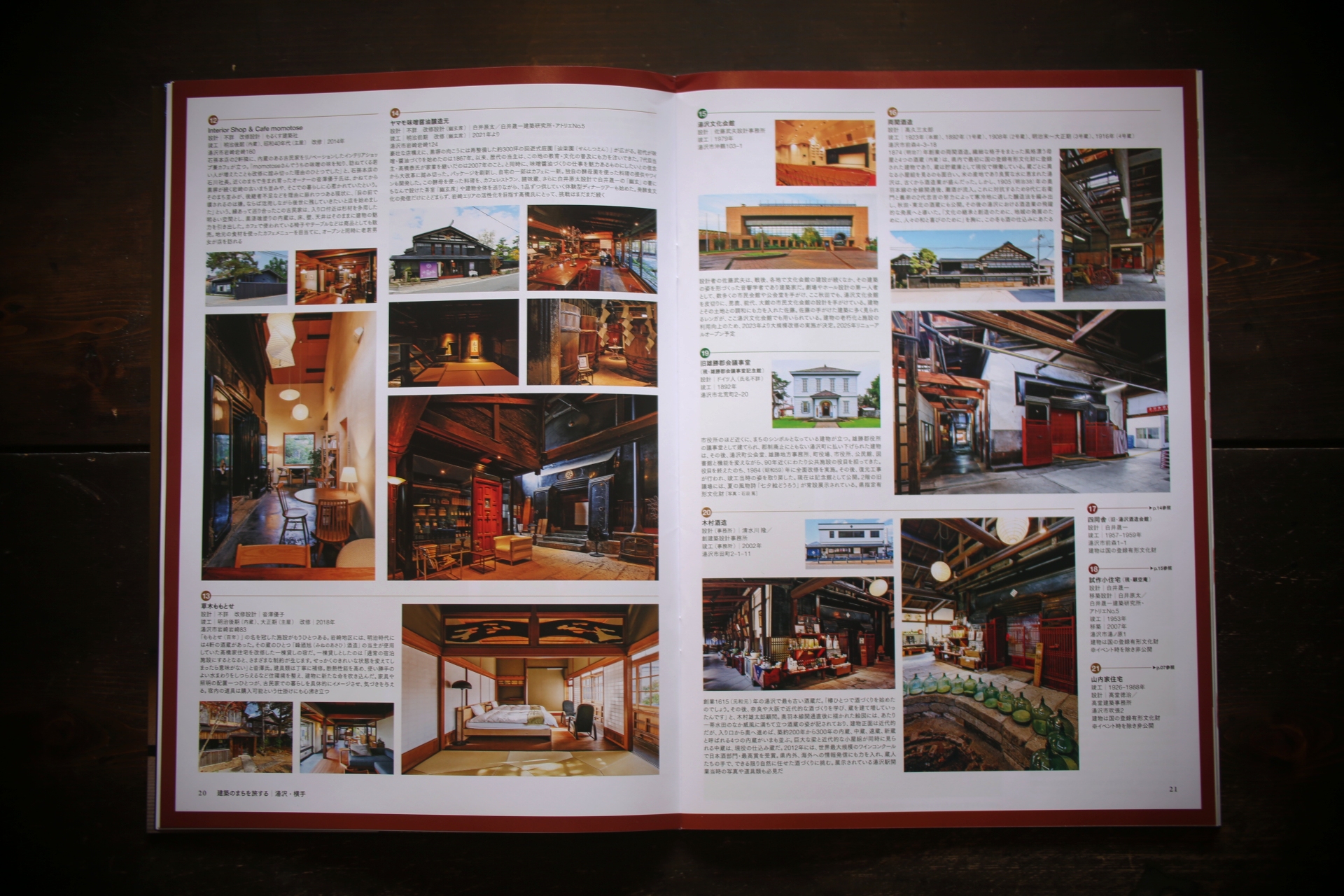
.
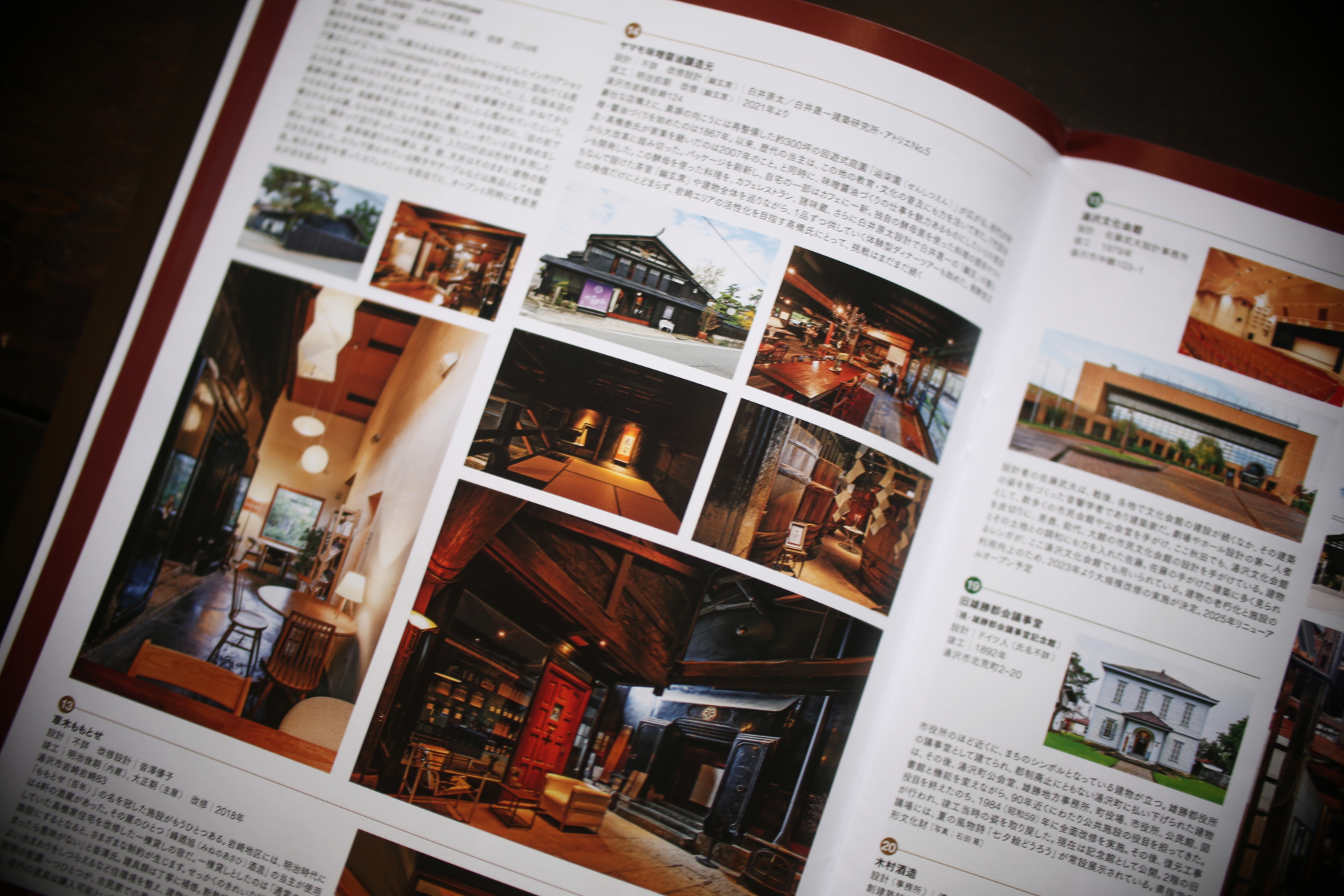
.
建築のまちを旅する 湯沢・横手
人々との縁から広がった白井晟一の地方建築での試み
ナビゲーター|白井原太
異端の建築家といわれる白井晟一は、戦後の1940年代後半から60年代にかけて秋田県南部の湯沢・横手地域で多くの建物を設計した。そのうちいくつかは現在も使用されている。湯沢は白井が東京に設計した「試作小住宅」が移築された地でもある。
湯沢・横手での仕事は戦後の白井の仕事の出発点となった。しかし地縁があったわけでもないのに、なぜ設計の仕事を得られたのか。白井晟一の孫で建築家、さらに湯沢市ふるさと応援大使を務める白井原太氏の案内で、いまに残るこの地の白井建築を訪ねた。
<中略>
白井が公共的な建築を手掛けるようになったのは晩年のため、初期に設計した建物で実際に見られるものは少ない。しかし湯沢にはまとまって残るうえ、旅館のように宿泊できる建物もある。この利点を湯沢の活性化に活かしていけないだろうか。原太氏にとって力強い仲間になるのが、ヤマモ味噌醤油醸造元7代目の髙橋泰氏だ。髙橋氏は大学で建築を学び、家業を継いだあとは、味噌醤油という伝統産業に新たな価値を示す活動に力を注ぎながら、拠点とする湯沢市岩崎地区のまちづくりも進めている。
原太氏は試作小住宅の移築を機に初めて湯沢を訪れて以降、この地の人たちとの繋がりを深めている。「父・彪介に湯沢に連れて来られたことはないのですが、僕は息子を時々連れてきています。先々建築をやらせようというわけではなく、人とのつながりから生まれたものを見せたくて。父も祖父と一緒に来たことがあったそうです」。
白井は人のつながりから、建築という「モノ」を湯沢・横手にいくつもつくった。原太氏は人のつながりを元に、湯沢・横手で「コト」をつくり出そうとしている。いつの世も、人々のつながりから新たな動きが起こる白井が湯沢に残したものは建物だけではないのだ。(記事抜粋)
.
白井原太 しらい・げんた
1973年東京都生まれ。1997年多摩美術大学美術学部建築学科卒業。設計事務所勤務を経て、2000年より白井晟一建築研究所。建築、内装デザインの仕事のほか、祖父である建築家・白井晟一の仕事の保存、利活用にも取り組む。まち並や建築を描くことがライフワーク。著書・編集に『白井晟一の手と目』(鹿島出版会)、『白井晟一、建築を語る:対談と座談』(中央公論新社)など。2020年より秋田県湯沢市のふるさと応援大使を務める。
.
ヤマモ味噌醤油醸造元
設計|佐藤才治
改修設計(幽玄席)|白井原太 / 白井晟一建築研究所・アトリエNo.5
竣工|1878年
改修(幽玄席)|2021年より
湯沢市岩崎岩崎124
豪壮な店構えに、黒塀の向こうに再整備した約300坪の回遊式庭園「辿柒園(せんしつえん)」が広がる。初代が味噌・醤油づくりを始めたのは1867年。以来、歴代の当主は、この地の教育・文化の普及にも力を注いできた。7代目当主・髙橋泰氏が家業を継いだのは2007年のこと。と同時に、味噌醤油づくりの仕事を魅力あるものにしたいとの信念から大改革に踏み切った。パッケージを刷新し、自宅の一部はカフェに一新。独自の酵母菌を使った料理を、カフェレストラン、諸味蔵、さらに白井原太設計で白井晟一の「幽玄」の書にちなんで設けた茶室「幽玄席」や建物全体を巡りながら、1品ずつ供していく体験型ディナーツアーも始めた。発酵食文化の発信だけにとどまらず、岩崎エリアの活性化を目指す髙橋氏にとって、挑戦はまだまだ続く。
.
Traveling in the City of Architecture Yuzawa/Yokote
Seiichi Shirai’s attempts at vernacular architecture that spread from his relationships with people
Navigator|Genta Shirai
Seiichi Shirai, considered an unorthodox architect, designed many buildings in the Yuzawa and Yokote areas of southern Akita Prefecture from the late 1940s to the 1960s after World War II. Several of these buildings are still in use today. Yuzawa is also the site where the “Prototype Small House” that Shirai designed in Tokyo was relocated.
The work in Yuzawa and Yokote became the starting point for Shirai’s postwar work. But how was he able to obtain design work when he had no geographical ties to the area? We visited Shirai’s architectural works in this area, which still remain today, guided by Mr. Genta Shirai, grandson of Seiichi Shirai, architect, and Yuzawa City hometown support ambassador.
<Overview>
Shirai began working on public buildings in his later years, and few of the buildings he designed in his early years can actually be seen. However, in Yuzawa, there are buildings that remain in clusters, and some of them, like ryokan (Japanese-style inns), offer lodging. Why not take advantage of this and use it to revitalize Yuzawa? Mr. Yasushi Takahashi, the seventh-generation owner of Yamamo Miso Soy Sauce Brewery, will be a powerful ally for Mr. Genta. Mr. Takahashi studied architecture at university, and since taking over the family business, he has focused on creating new value for the traditional miso and soy sauce industry, while at the same time promoting community development in the Iwasaki district of Yuzawa City, where he is based.
Since his first visit to Yuzawa when the prototype small house was relocated, Mr. Genta has deepened his connection with the people of the area. My father, Hyosuke, has never brought me to Yuzawa, but I sometimes bring my son here. It’s not that I want him to do architecture in the future, but I wanted to show him something that was born out of my connections with people. My father once came here with my grandfather,” he says.
Shirai has created a number of architectural “objects” in Yuzawa and Yokote based on human connections. Mr. Genta is trying to create “things” in Yuzawa and Yokote based on human connections. In every generation, new movements are born from the connections among people, and Shirai’s legacy in Yuzawa is not limited to buildings alone. (Excerpts from the article)
.
Genta Shirai
Born in Tokyo in 1973, Shirai graduated from the Department of Architecture, Faculty of Fine Arts, Tama Art University in 1997. After working for a design firm, he joined the Shirai Seiichi Architectural Institute in 2000. In addition to his work in architecture and interior design, he is also involved in the preservation and utilization of the work of his grandfather, architect Seiichi Shirai. Drawing cityscapes and architecture is his life’s work. He has written and edited several books, including “Shirai Seiichi’s Hands and Eyes” (Kajima Press) and “Shirai Seiichi, Talking about Architecture: Dialogue and Discussion” (Chuokoron Shinsha) He has served as a hometown support ambassador for Yuzawa City in Akita Prefecture since 2020.
.
Yamamo Brewery
Design|Saiji Sato
Renovation Design (Yugen-seki)|Genta Shirai / Shirai Seiichi Architectural Institute, Atelier No.5
Completed|1878
Renovation (Yugen-seki)|From 2021
124 Iwasaki, Yuzawa City
The grandiose storefront is surrounded by a redeveloped, circular garden “Senshitsuen” of approximately 3,000 square meters behind a black wall. The first generation began making miso and soy sauce in 1867. Yasushi Takahashi, the seventh generation head of the family, took over the business in 2007. At the same time, he made a major reform of the business in the belief that he wanted to make the business of miso and soy sauce making more attractive. He revamped the packaging and transformed part of his home into a café. He also started a hands-on dinner tour, where dishes made with his own yeast are served one by one in the café-restaurant, the Moromi-gura, and the “Yugen-seki,” a tea room designed by Genta Shirai and named after the calligraphy “Yugen” by Seiichi Shirai, as well as throughout the building. Mr. Takahashi’s challenge continues as he seeks to revitalize the Iwasaki area beyond the promotion of fermented food culture.
.
遊覽建築之城湯澤・橫手
白井晟一對地域建築的嘗試從與人的聯繫展開
導航器|白井原太
白井誠一被稱為特立獨行的建築師,從 20 世紀 40 年代後期到戰後的 1960 年代,他在秋田縣南部的湯澤和橫手地區設計了許多建築物。 其中一些至今仍在使用。 湯澤也是白井在東京設計的“原型小屋”搬遷的地方。
在湯澤和橫手的工作是白井戰後工作的起點。 但是,為什麼即使您與該地區沒有聯繫,您也會得到一份設計工作? 建築師白井晟一的孫子、湯澤故鄉的城市大使白井元太帶領我們參觀了這一地區僅存的白井建築。
<略>
由於白井晚年開始從事公共建築,他早年設計的建築很少能真正看到。 但是,在湯澤,也有可以像旅館一樣住宿的建築物。 難道不能利用這個優勢,振興湯澤嗎? 原先生的得力夥伴是山本味噌醬油廠第七代掌門人髙橋泰先生。 在大學學習建築學並接手家族企業後,髙橋先生專注於為味噌和醬油這一傳統產業展現新價值的活動,同時也在他所在的湯澤市岩崎區推動城市發展.
原型小屋搬遷時,原太先生第一次訪問了湯澤,此後他加深了與當地人的聯繫。 “我父親美助從來沒有帶我來過湯澤,但我會時不時帶我兒子來這裡。聽說我父親曾經和我爺爺一起來過這裡。”
白井根據人際關係在湯澤和橫手創造了許多建築“對象”。 基於人際關係,原先生試圖在湯澤和橫手創造“事物”。 白井在湯澤留下的不僅僅是建築物,人與人之間的聯繫催生了新的動向。 (摘自文章)
.
白井原太
1973年生於東京。 1997年畢業於多摩美術大學美術學部建築系。 在設計事務所工作後,他於 2000 年加入白井清一建築研究所。 除了建築和室內設計工作外,他還參與了其祖父建築師白井晟一的作品的保存和利用。 他一生的工作是繪製街景和建築。 著著並編輯了《白井晟一的手和眼》(鹿島出版社)、《白井晟一談建築:對話與圓桌會議》(中央公論新社)。 2020年起擔任秋田縣湯澤市的家鄉支援大使。
.
Yamamo味噌醬油釀造商
設計|佐藤才治
改造設計(幽玄席)| 白井原太 / 白井晟一建築研究所, Atelier No.5
完成|1878年
裝修(幽玄席)| 從 2021 年開始
湯澤市岩崎岩崎124
在雄偉的店面前,約 300 坪的重新開發的散步花園“辿柒園”在黑色柵欄外展開。 第一代人於 1867 年開始製作味噌和醬油。 此後,歷代當家都致力於這一地區的教育和文化傳播。 2007 年,第七代當家高橋靖接管了家族企業。 與此同時,他懷著要讓製作大醬和醬油的工作更有魅力的信念,著手進行重大改革。 套餐已經更新,部分房子改成了咖啡廳。 參觀咖啡餐廳諸味蔵和由白井源太設計的幽玄席茶室(以白井晟一的書法“幽玄”命名),享用用我們自己的酵母製作的菜餚。我們還開始了親自動手的晚餐之旅. 對於以振興岩崎地區為目標的高橋先生來說,不僅僅是通過傳播發酵食品文化,挑戰還在繼續。
.
.
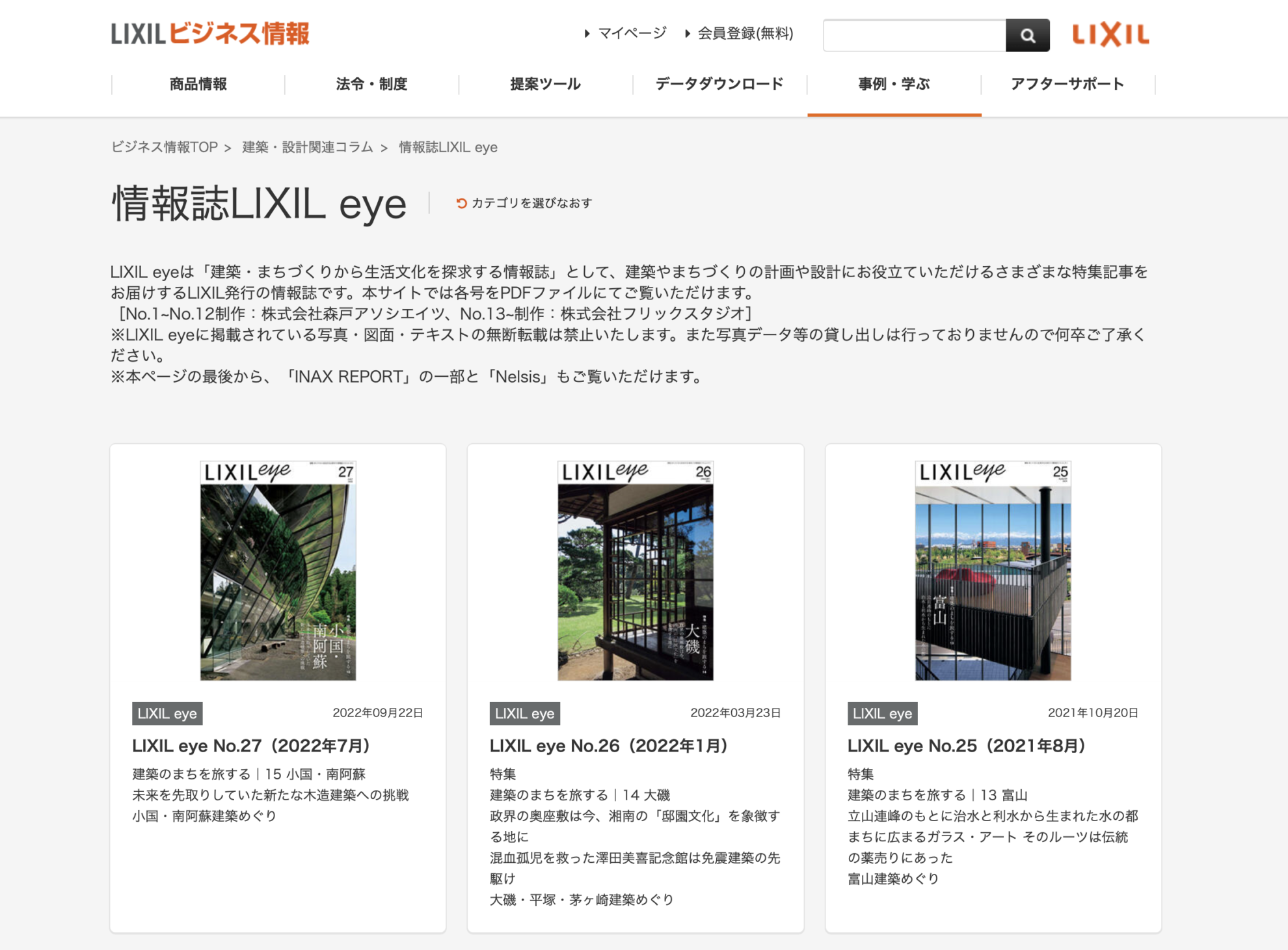
.
”LIXIL eye”とは
LIXIL eyeは「建築・まちづくりから生活文化を探求する情報誌」として、建築やまちづくりの計画や設計にお役立ていただけるさまざまな特集記事をお届けするLIXIL発行の情報誌です。
.
About “LIXIL eye”
LIXIL Eye is an information magazine that explores lifestyle and culture through architecture and urban development, and provides a variety of feature articles that are useful for planning and designing architecture and urban development.
.
什麼是”LIXIL eye”
LIXIL eye 是一本信息雜誌,由 LIXIL 出版,作為從建築和城市發展探索生活方式文化的信息雜誌,提供對規劃和設計建築和城市發展有用的各種專題文章。
.
.
